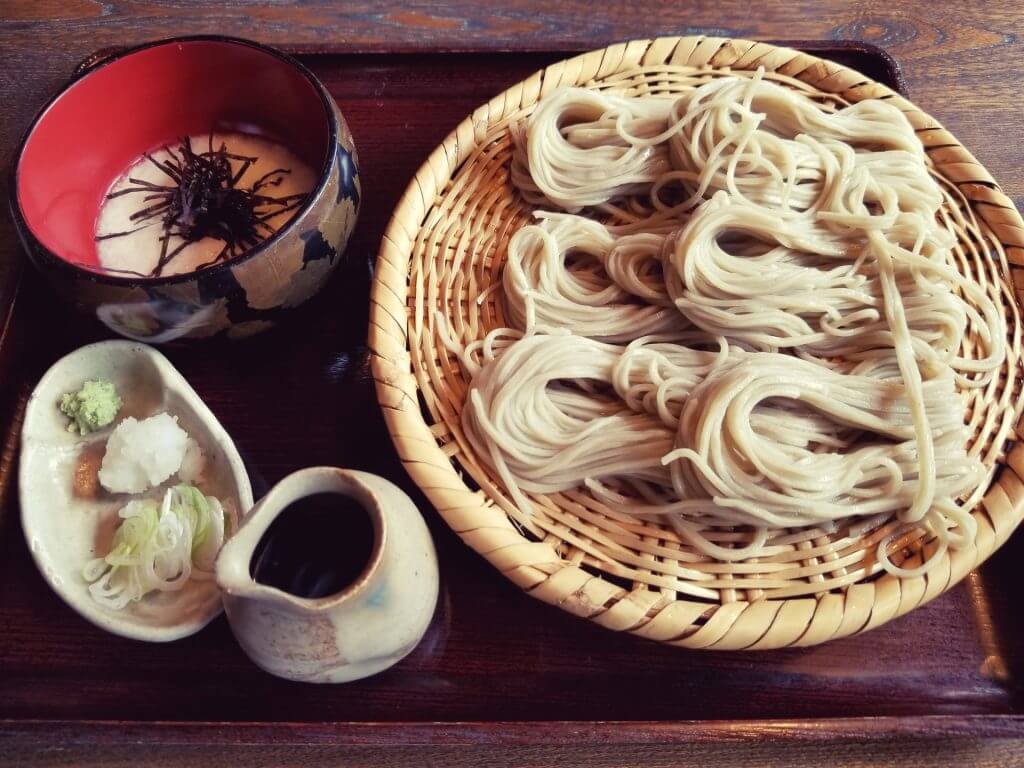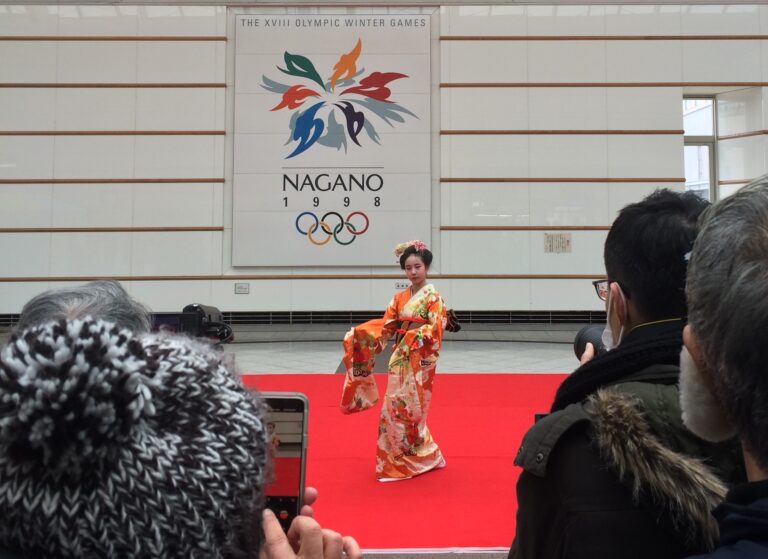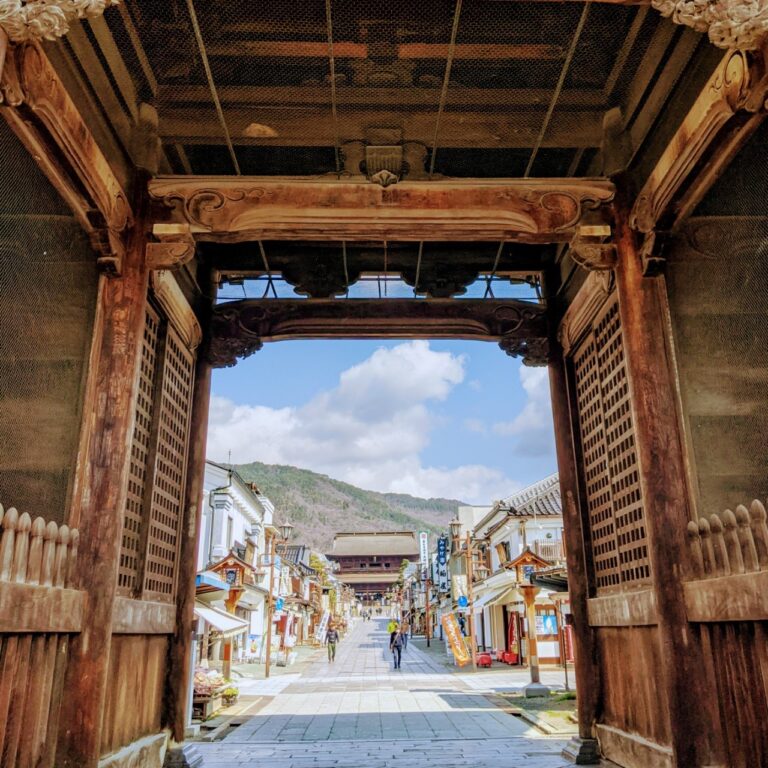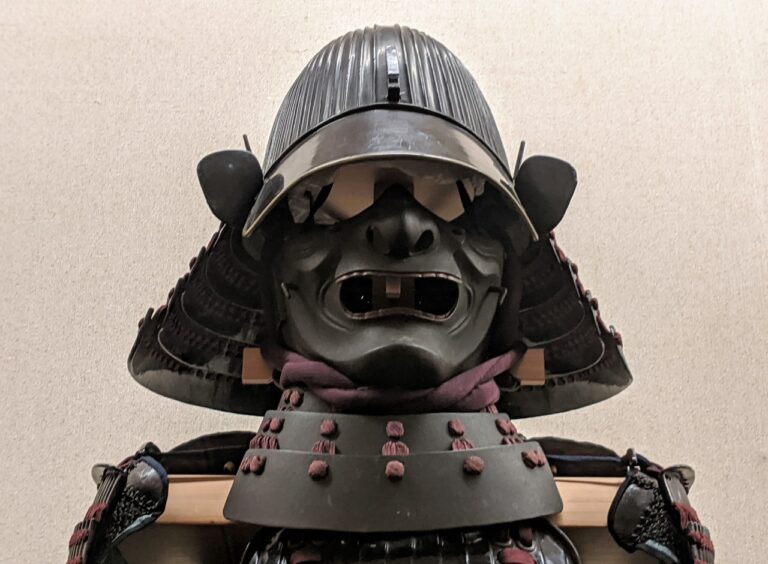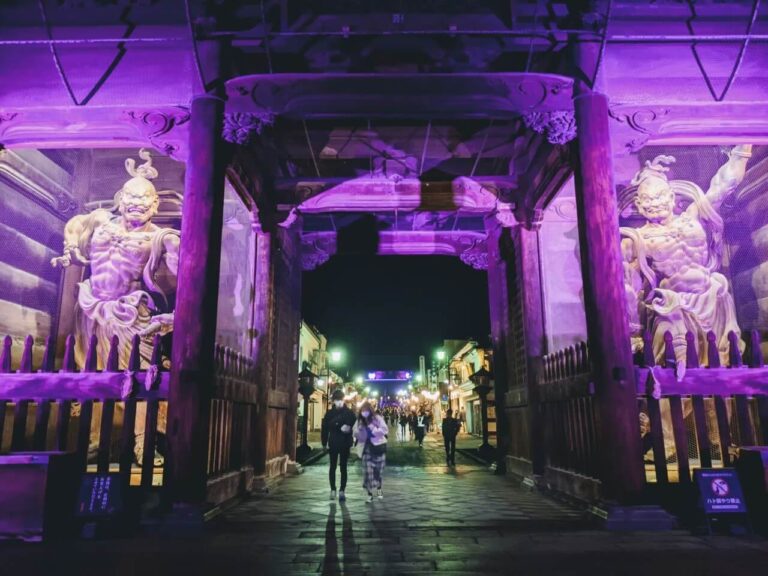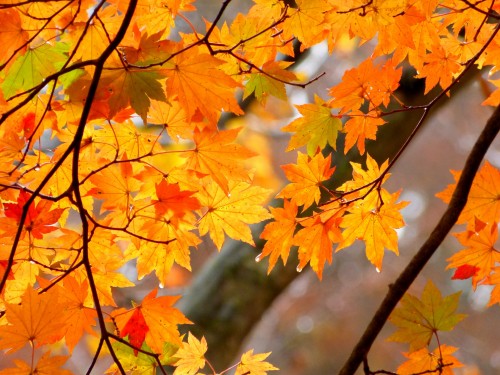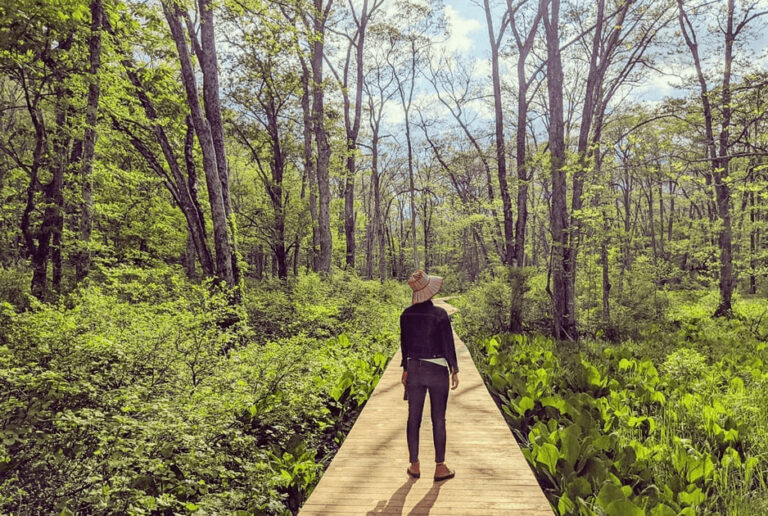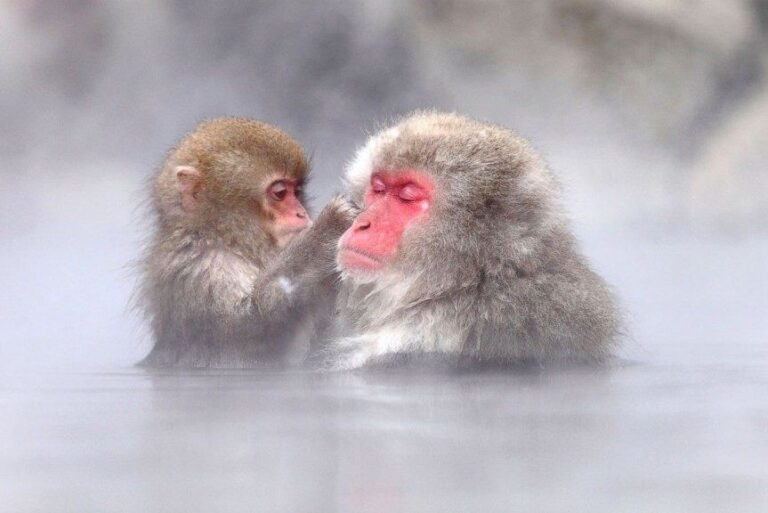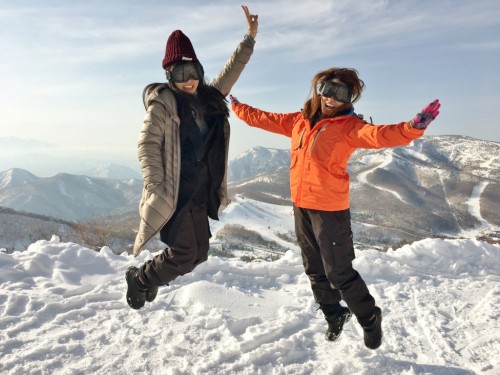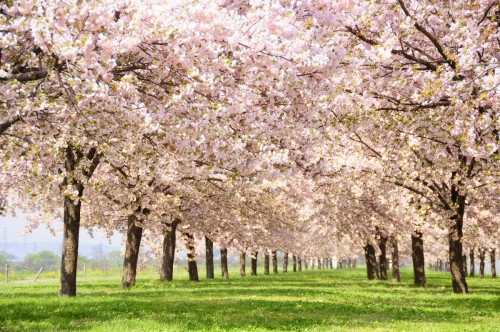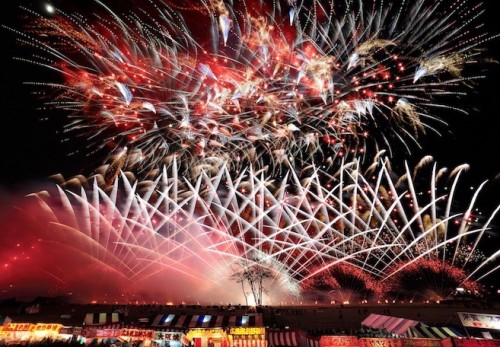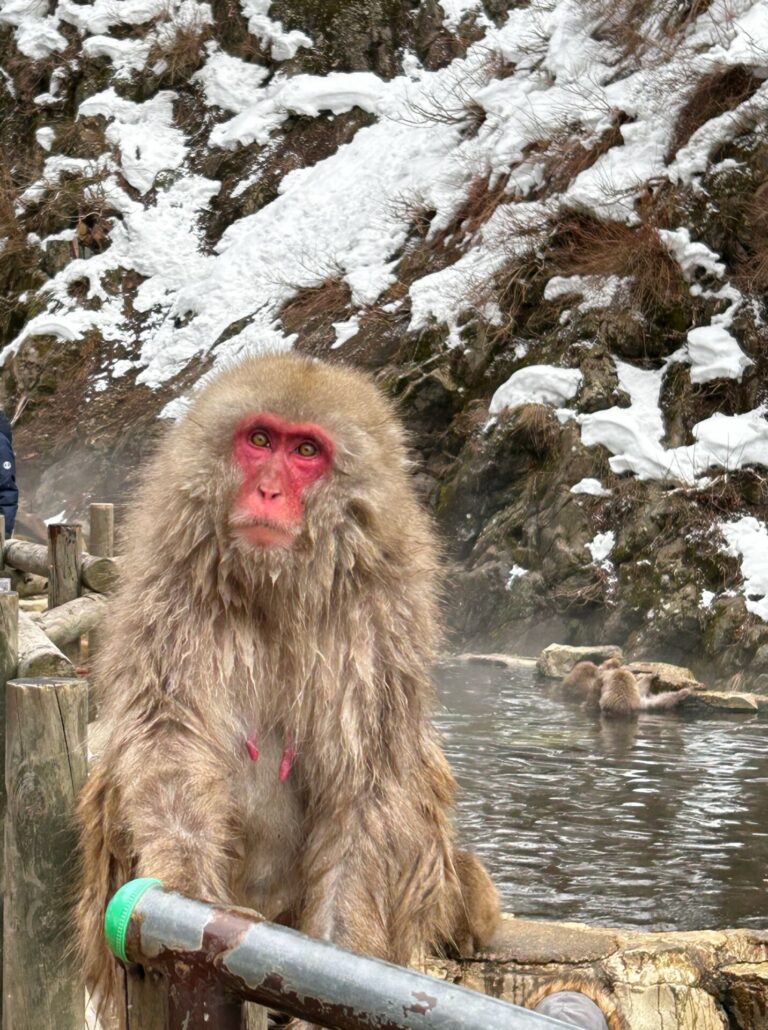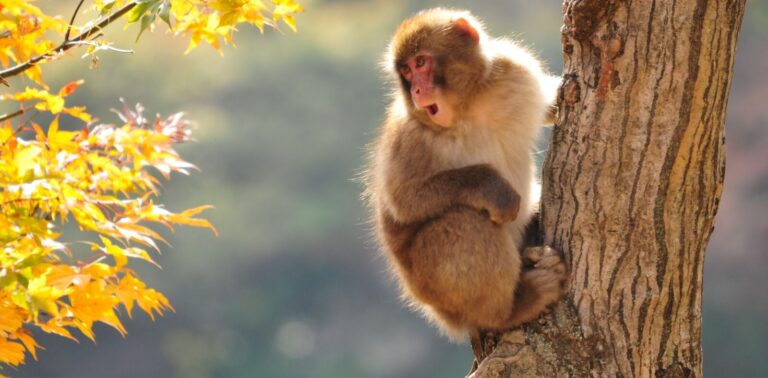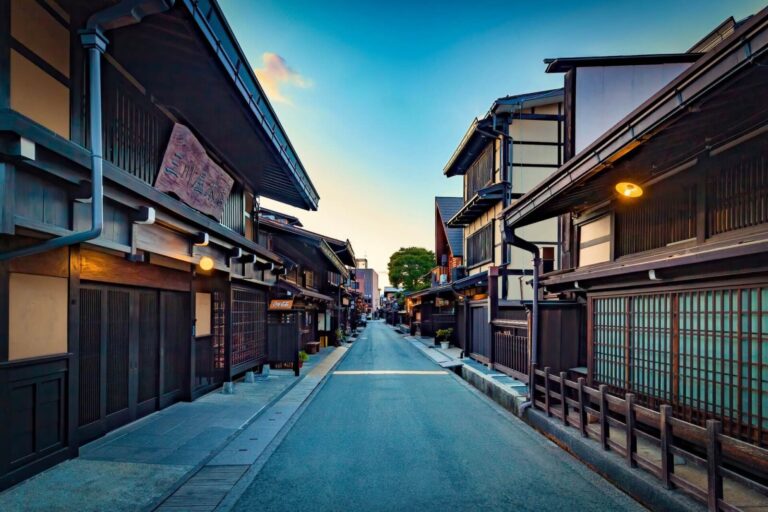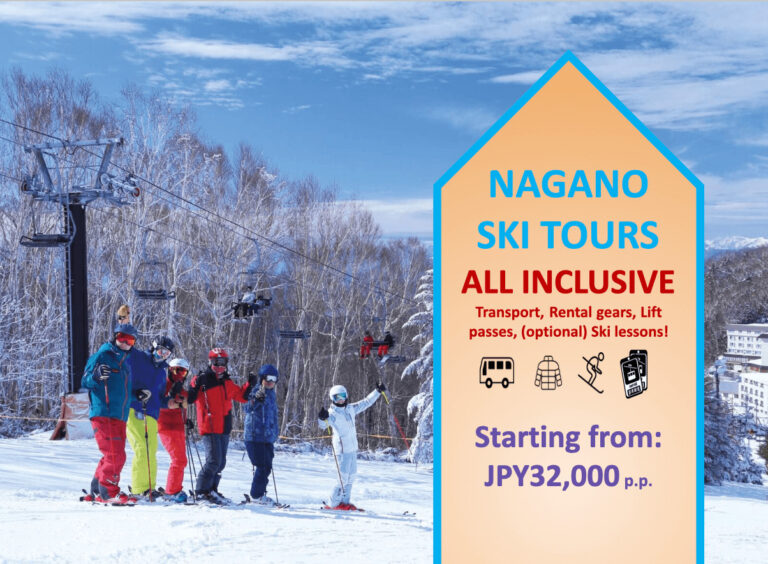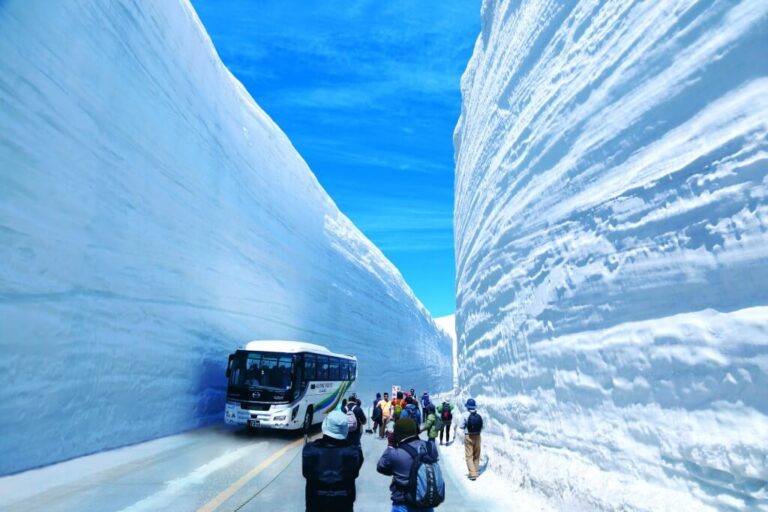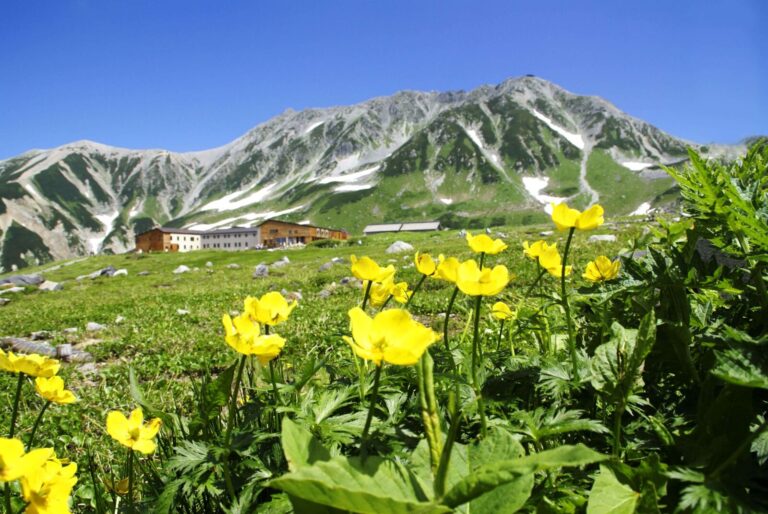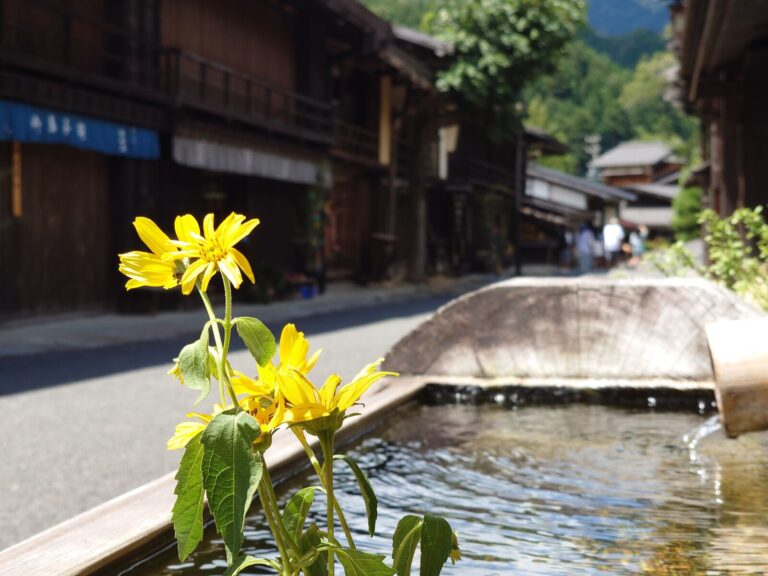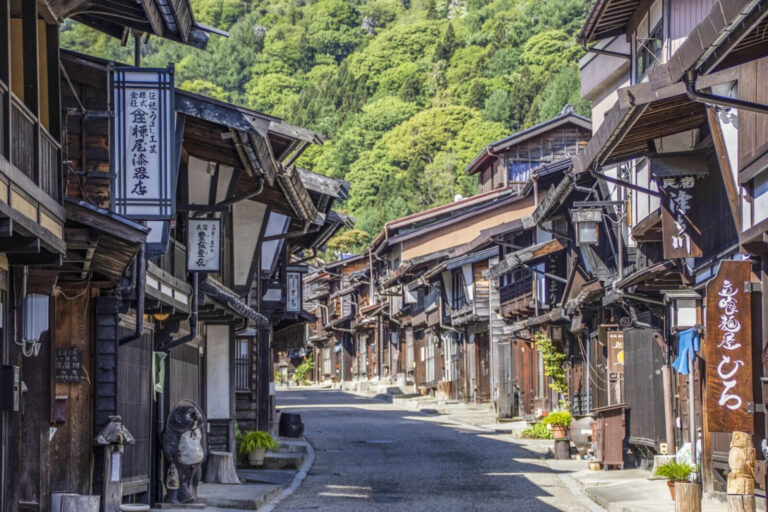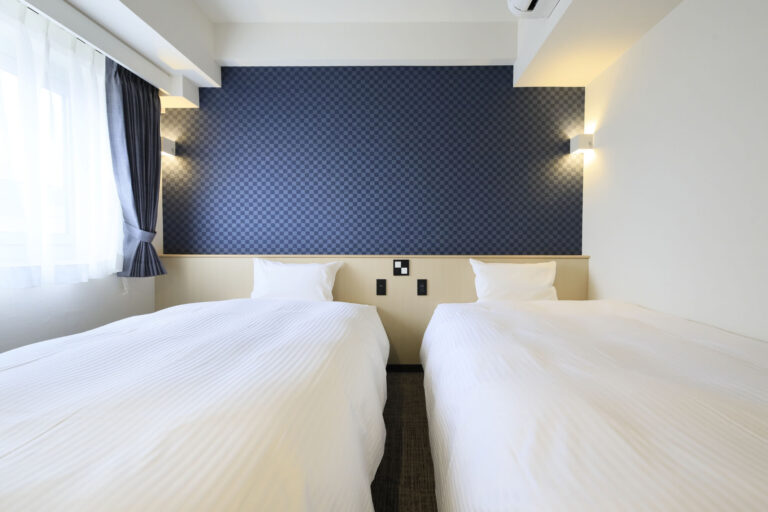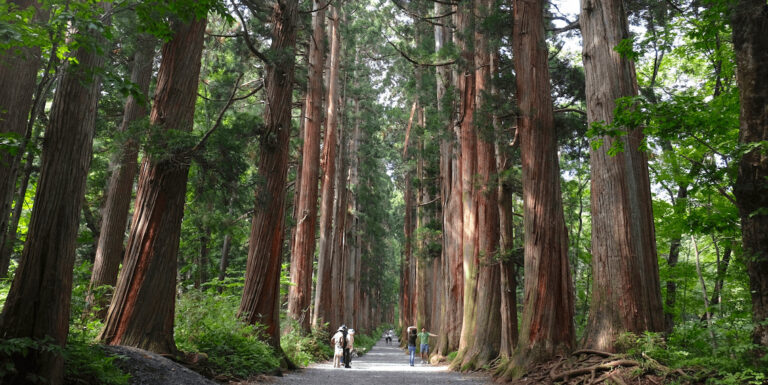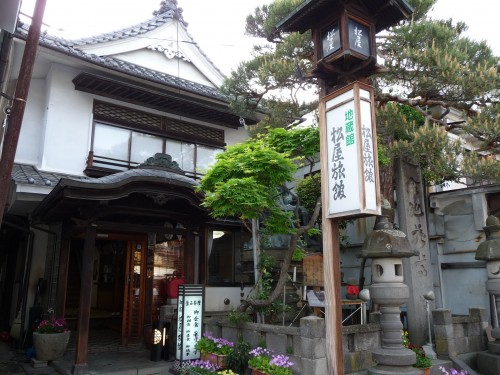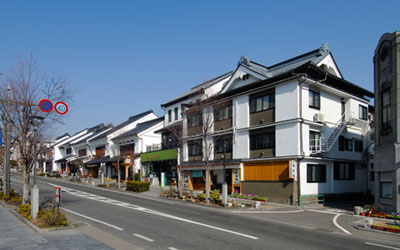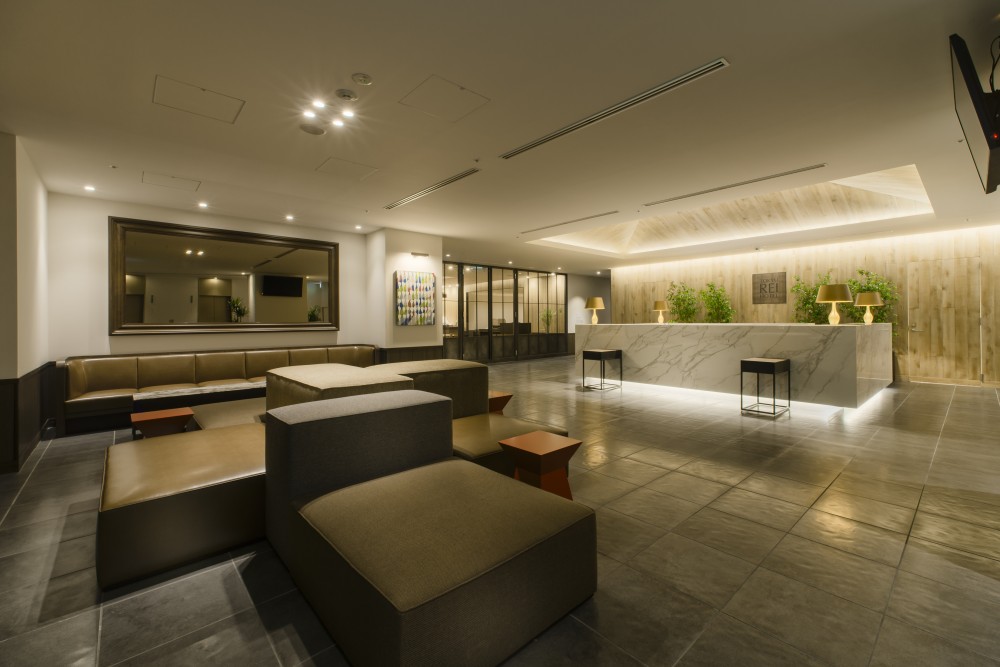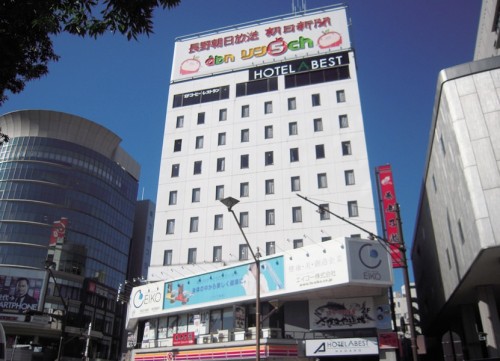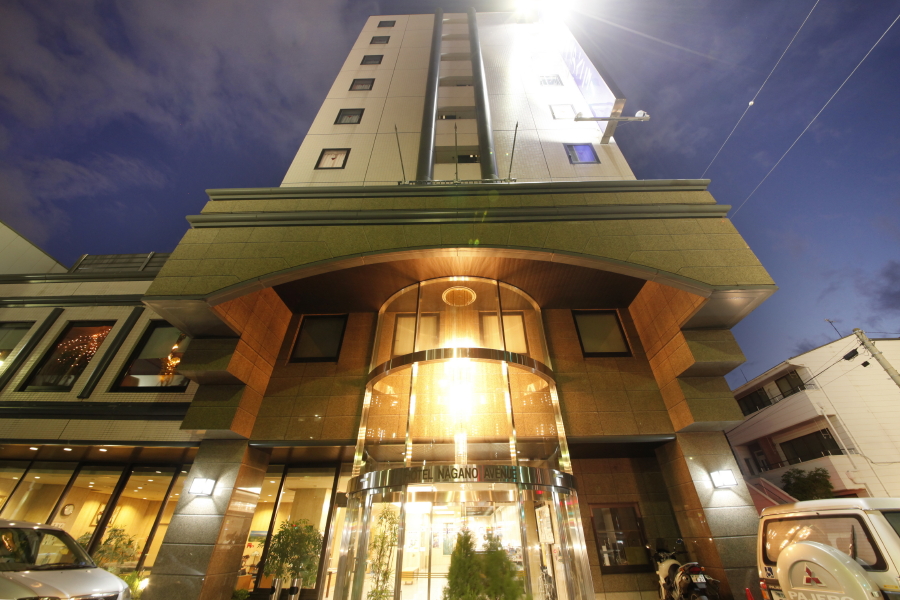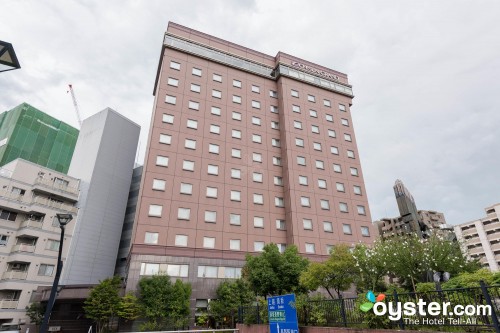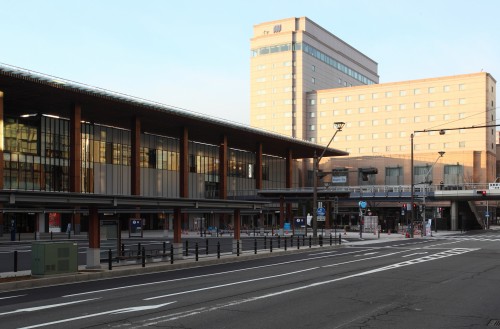Togakushi
Sitting quietly in the mountains bordering Nagano City and within the larger Myoko-Togakushi Renzan National Park, Togakushi is home to some of Japan’s most important Shinto shrines set among a beautiful forested landscape. The five major shrines that make-up the Togakushi complex are spaced-out at intervals through the forest and against the dramatic background of mountains rising above. Accessible via well-maintained walking tracks, Togakushi continues to draw Shinto practitioners and nature enthusiasts who revel in its tranquility, beauty, and purity. On the literal doorstep of the city, Togakushi is also home to the Togakure ninja school, Togakushi Ski Resort and famous for its ‘soba’ (buckwheat noodles), traditional bamboo craft and stunning autumn leaves making it an ideal destination when planning a day-trip from Nagano.
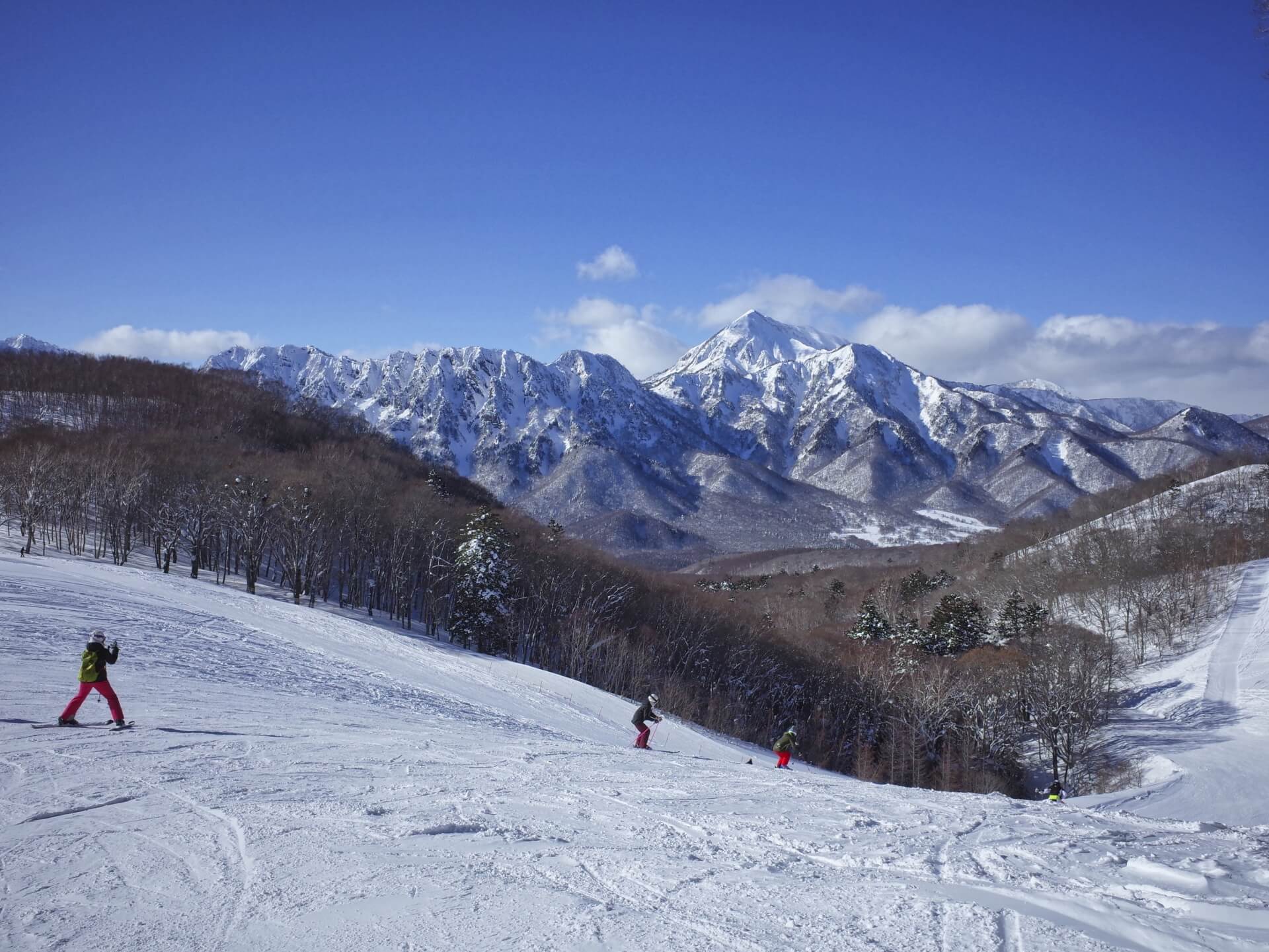

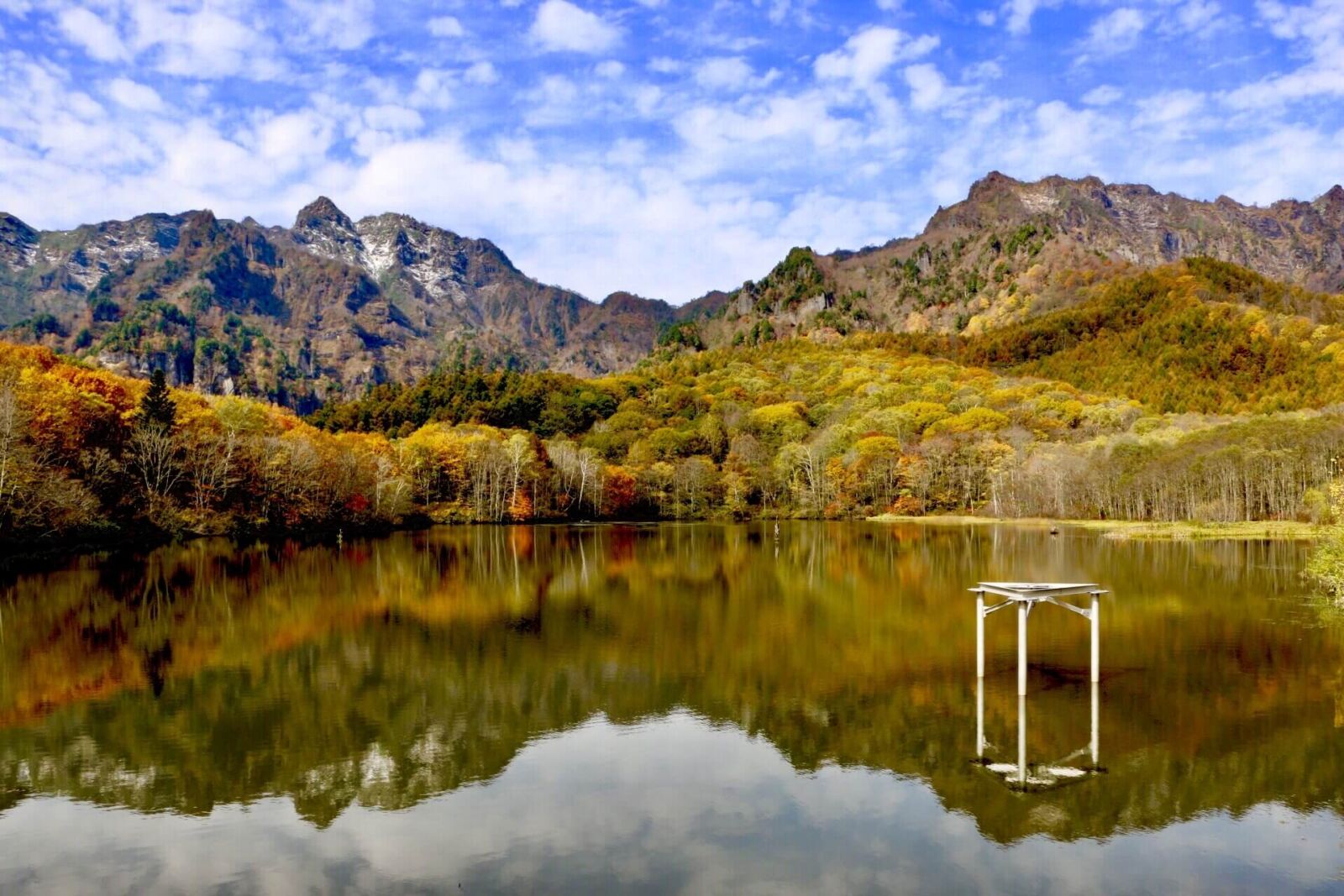
1 Day Tour
| 1-Day Togakushi Legends Tour: Hands-on Soba Noodles, Ninja Village, and Hidden Shrines | |
|
| |
| Period | July to November |
| Time | 09:35 – 17:20 |
| Meeting Place | Nagano Station Information Board |
| Adult Rate | ¥19,800 |
| Child Rate | ¥11,000 |

See below to discover what is on this page:
— Togakushi and Shintoism’s Spiritual Tradition
— Seasonal Activities in Togakushi
— Try Togakushi’s Specialty – Soba Noodles!
— 15 Things to Do in Togakushi & Where to Stay
— Tours and Charters to Togakushi
Togakushi can be accessed using public buses running from Nagano Station with its most popular attractions located in and around the middle and upper shrines. The Togakure Ninja Museum showcases the origin and traditions of the local school of ninja long practiced in Togakushi while the nearby Kids Ninja Village includes dress-up costumes and obstacle courses for younger would-be ninjas. Numerous soba restaurants serve the region’s famous noodles – known for their purity of taste – always hand-made with appreciative owners welcoming guests to their restaurants. Through the warmer months of the year, Togakushi offers camping while autumn turns the landscape a stunning mosaic of yellow, red, amber, and gold as the leaves turn. Finally, the winter takes hold and the landscape turns white with the Togakushi Ski Resort opening in December and offering the closet ski runs to Nagano City.
WHERE IS TOGAKUSHI?
Togakushi is a heavily forested alpine area that takes its name from Mount Togakushi (1904m), which rises above the surrounding area and village. That area is quite a wide region covering many attractions but in order to get your bearings, let’s consider the center of Togakushi to be the Togakushi Tourist Information Center. Located in the upper village, it is around 20KM / 40-minutes drive from Nagano Station. Local bus services operate from Nagano Station to various points in Togakushi, taking 45 to 70-minutes depending on your exact destination. Togakushi village has an average elevation of around 1200 metres above sea level, blessing it with a cool climate through spring, summer and autumn, and very cold winter. Nestled within the larger Myoko-Togakushi Renzan National Park, Togakushi covers a wide area and boasts some of Japan’s most important Shinto shrines, beautiful walking trails, abundant flora and fauna along with the nearest ski resort to Nagano Station, Togakushi Ski Resort.
TOGAKUSHI AND SHINTOISM’S SPIRITUAL TRADITION
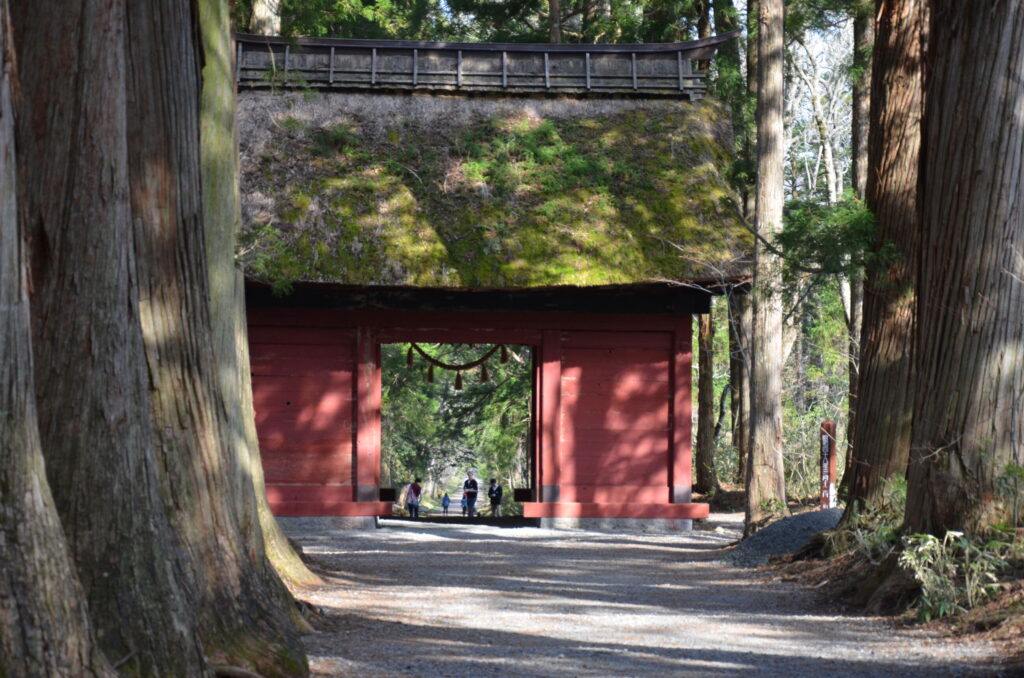
The forests of Togakushi are home to some of the most important Shinto shrines in Japan. Related to the creation myths of Japan itself, the region is well-known to Japanese who consider it to be a sacred landscape. The shrines that make-up the Togakushi shrine complex celebrate and honour an important aspect of that creation myth, and in doing so sit aside Ise Jingu as some of the most important in Japan.
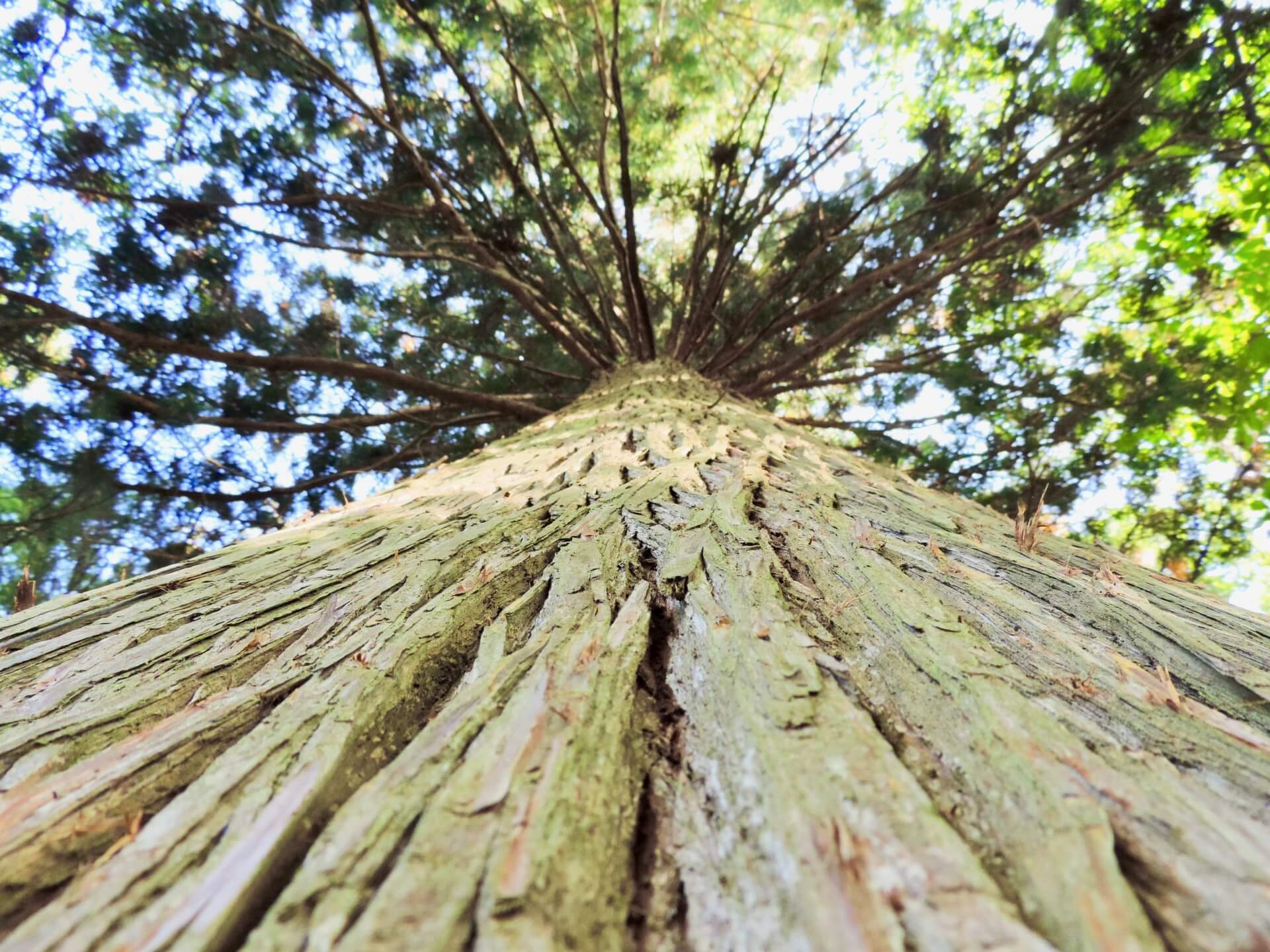
Known as the ‘Takachiho’, legend tells that the enraged by the mischievous behaviour of her brother, the Sun Goddess Amaterasu once remove herself from the world by hiding in a cave. Doing so, she denied the world her light. Other gods tried trick and performances to coax her back-out but to no avail. Finally, one of the deities performed an elaborate dance with was met with laughter by the other gods. Amaterasu pulled back the stone door of the cave to glimpse at what was happening and with that, one god grabbed the door and threw it to the heavens. Amaterasu emerged from her cave, light was restored to the world, and a long way away, the stone door fell to earth in Togakushi.
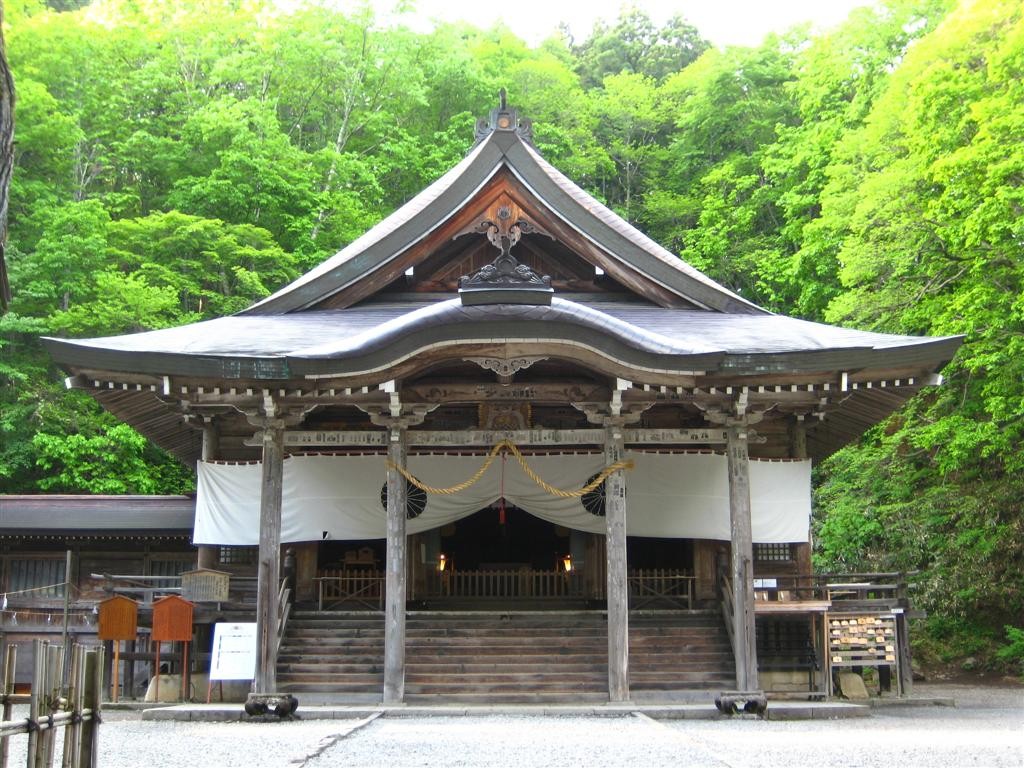
The five major shrines of Togakushi commemorate and celebrate this sacred story – among other associations – and more countless generations, have drawn Japanese to the mountains. The ‘Hokosha’ (Lower Shrine) ‘Chuusha’ (Middle Shrine) and ‘Okusha’ (Upper Shrine) are accompanied by the smaller Hinomikosha and Kuzurysha shrines, connected on a forest trail as the ‘Kanmichi’ or ‘Path of Deities’ – a delightful hiking course regardless of your faith or belief system.
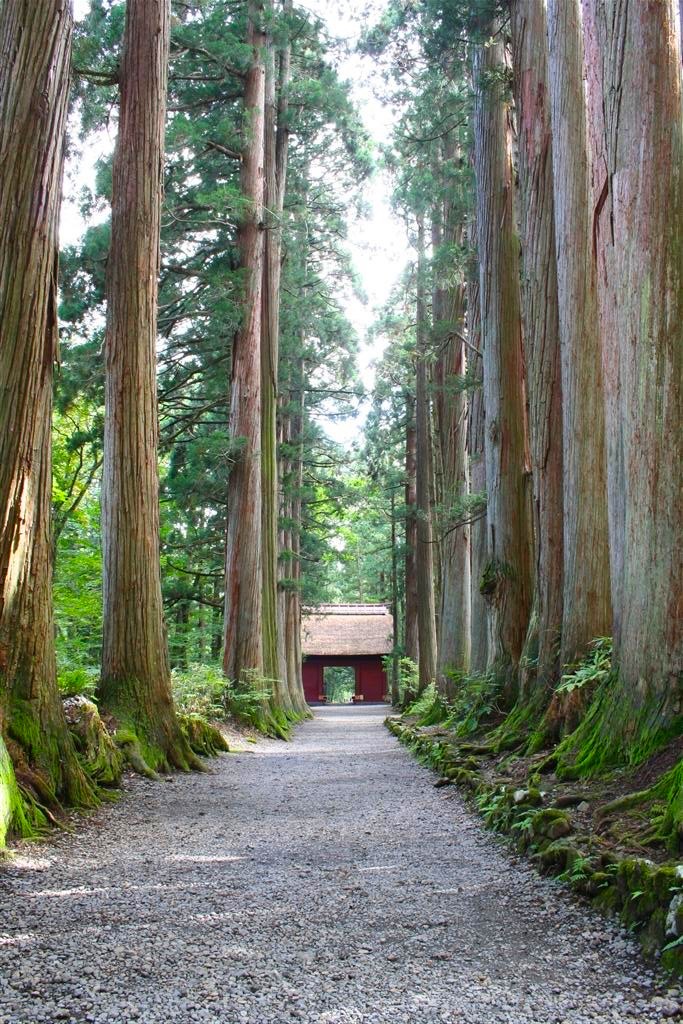
Meandering along the walking trails that criss-cross the forests of Togakushi leaves visitors with a deep sense of calm.
Walking Between the Shrines
When approaching from Nagano City, you will first come to the Hokosha (Lower Shrine). Accessed via a steep flight of stairs, this is the oldest of the extant shrines and dedicated to the patron goddess of maternity and academia. Staring the trail from this point will lead you to the smaller Hinomikosha – approximately 15 minutes walk – dedicated to the god for fire, marriage, and the performing arts.
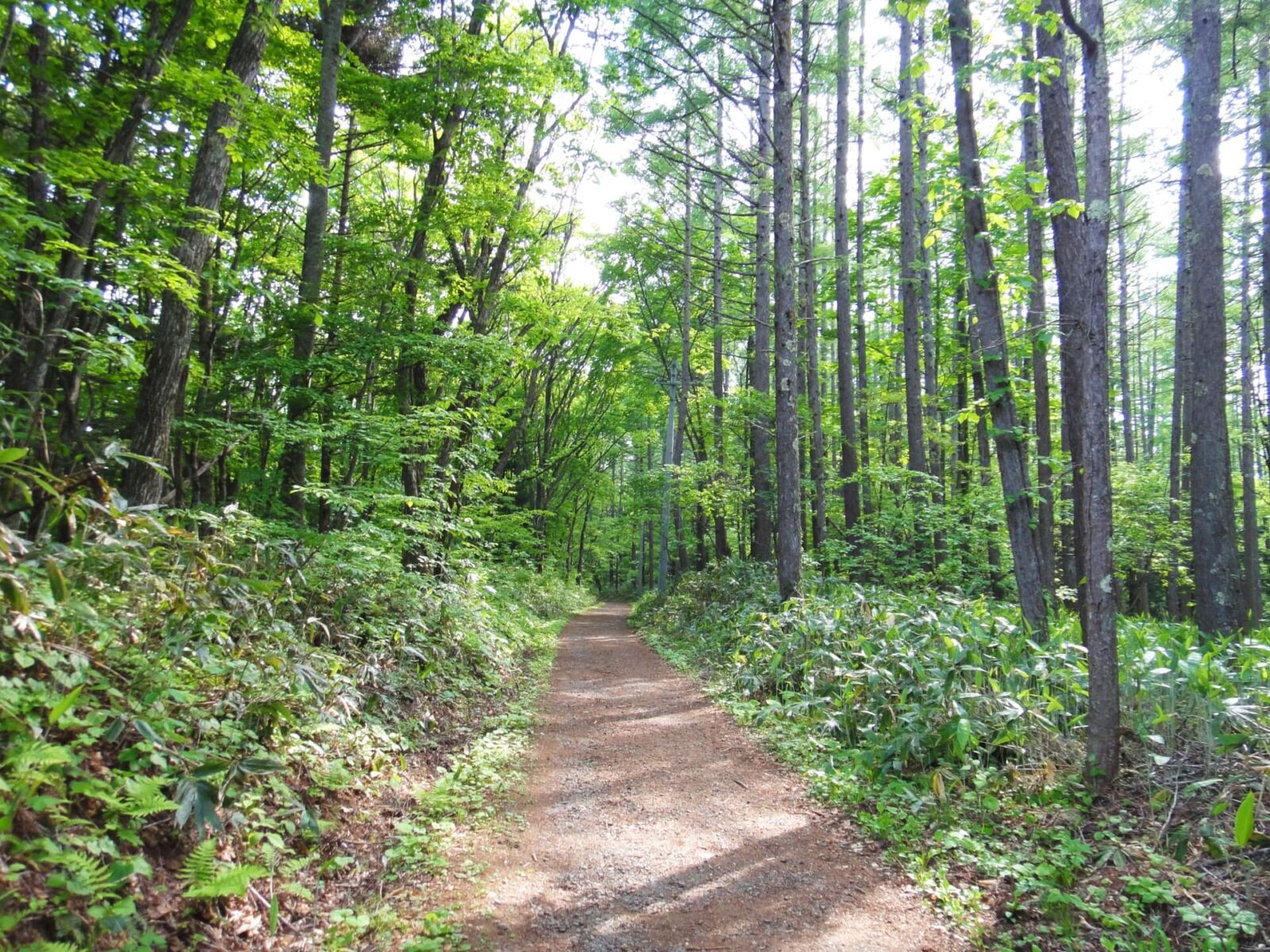
You then begin a more energetic 2km walk uphill – suitable for anyone of reasonable fitness – which takes you to the ‘Chuusha’ (Middle Shrine). Dedicated to wisdom, the middle shrine is famous for several enormous cedars estimated to be around 800 years old. Surrounding the middle shrine, several soba restaurants and bamboo craft shops are within easy walking distance.
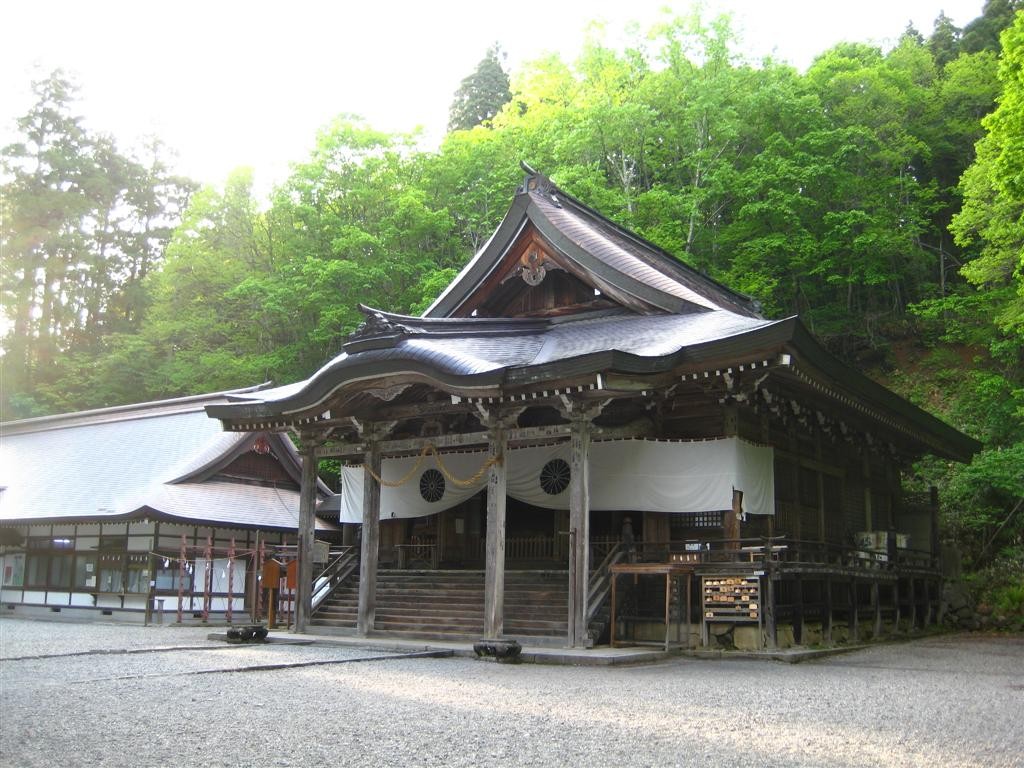
From the Chuusha you undertake a longer 2km walk to the avenue leading to the Kuzuryusha and finally, the Okusha (Upper Shrine). Approaching the Upper Shrine along an avenue of giant cedars, calm turns to wonder as the towering trees dwarf the people below – a truly spectacular sight only enhanced by the fog and mist common in Togakushi. The Okusha celebrates the god who cast the stone door aside from Amaterasu’s cave bringing light back into the world.
SEASONAL ACTIVITIES IN TOGAKUSHI
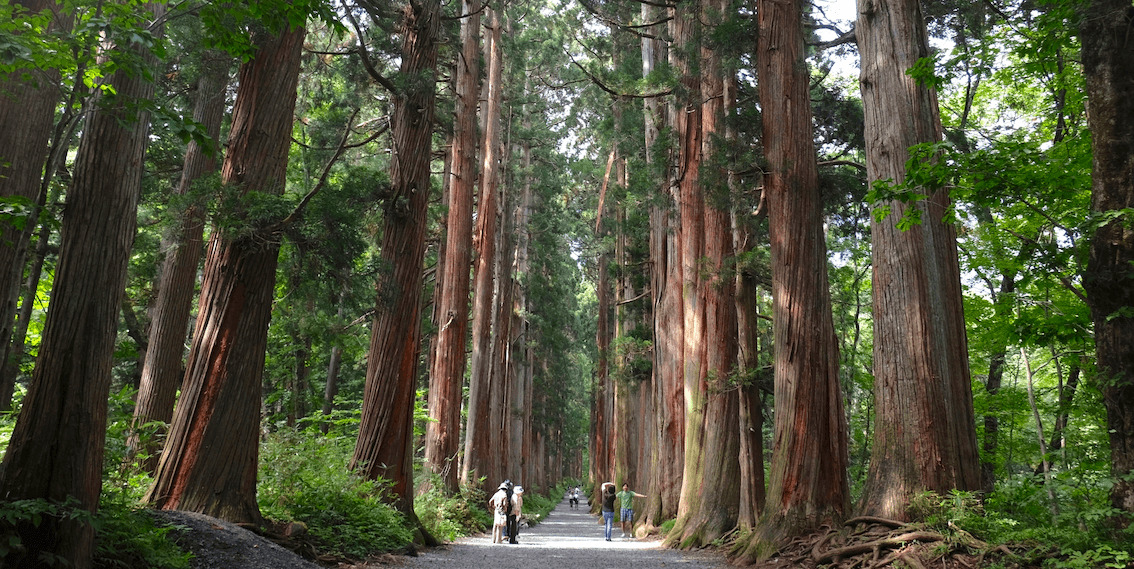
Togkaushi is easily accessible from Nagano Station and offers reasons to visit in each season. Shukubo (pilgrim’s lodges) operate throughout the year, allowing visitors to stay and enjoy the many seasonal activities during an overnight or multi-day stay. From the deep snow of winter, the cooler summer climate and beauty of autumn, each season offers its own reasons to visit. We hope that the following recommended activities will tempt you to do just that:
Visiting the Shrines / all year round
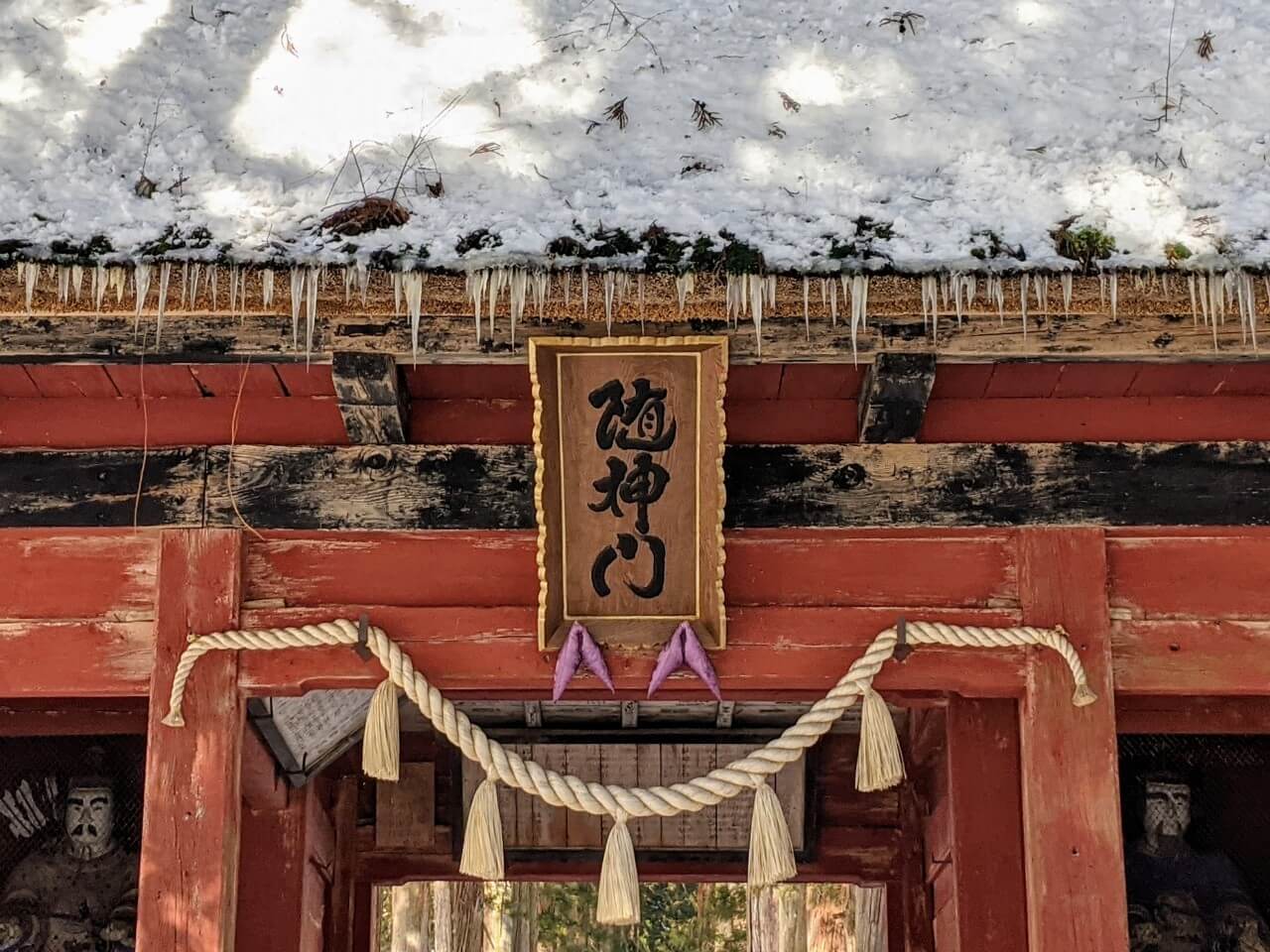
While most of the shrines can be accessed any time of year including winter, they are perhaps best enjoyed in spring, summer and autumn when each can be easily reached on-foot. Come winter, the Chusha (Middle Shrine) is the most accessible however the walk to the Okusha (Upper Shrine), along its impressive avenue of giant cedars, is without doubt the most stunning. Walking along the ancient path in the snow is a memorable experience and offers amazing photo opportunities. The walk can be difficult however and should the snow be deep, visitors should consider specialist gear including snowshoes and walking poles.
Hiking & Walking the Trails / best: May to November
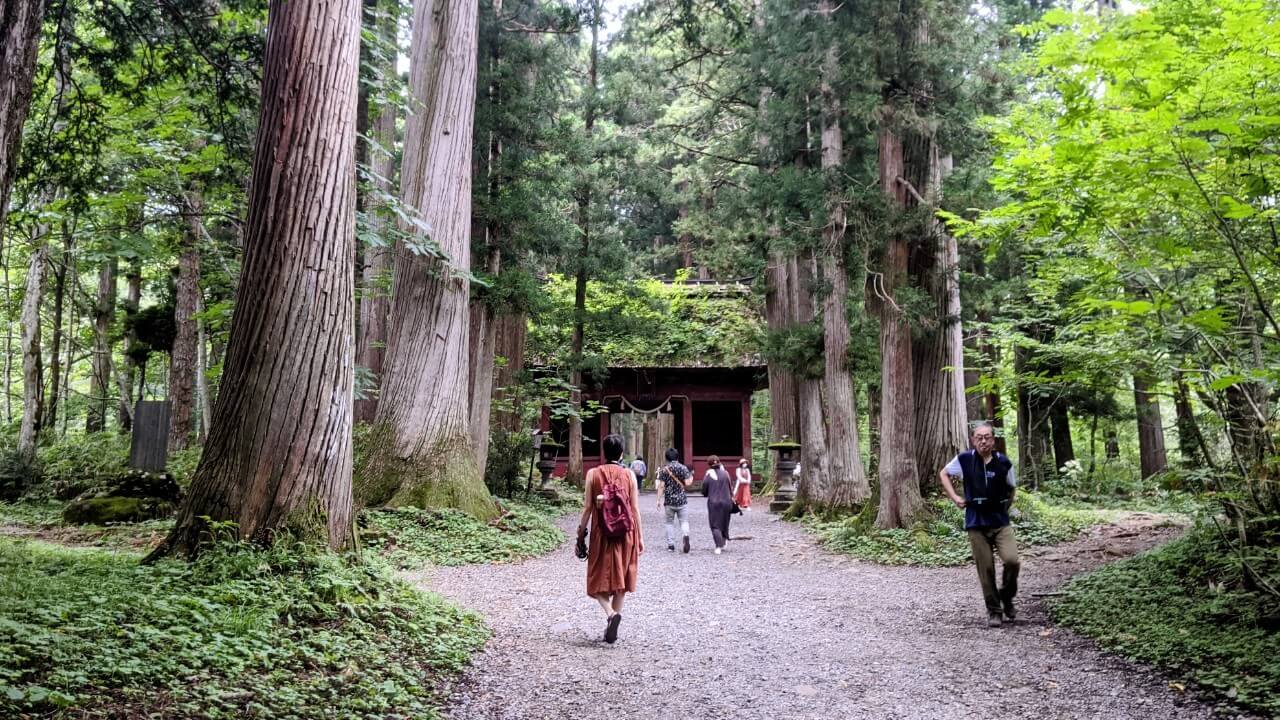
The trails connecting the shrines are not the only ones in the forests of Togakushi with many paths spanning out across the landscape including those descending into the mountains. Away from the major shrines, visitors will quickly find themselves alone, surrounded by pristine nature and wildlife. At 1904 metres, the jagged summit of Mt Togakushi conjures thoughts of landscapes depicted in traditional Japanese and Chinese art; while Kagami-ike (Lake Kagami) is known for its beauty and (on a calm day), perfect reflection of the surrounding landscape.
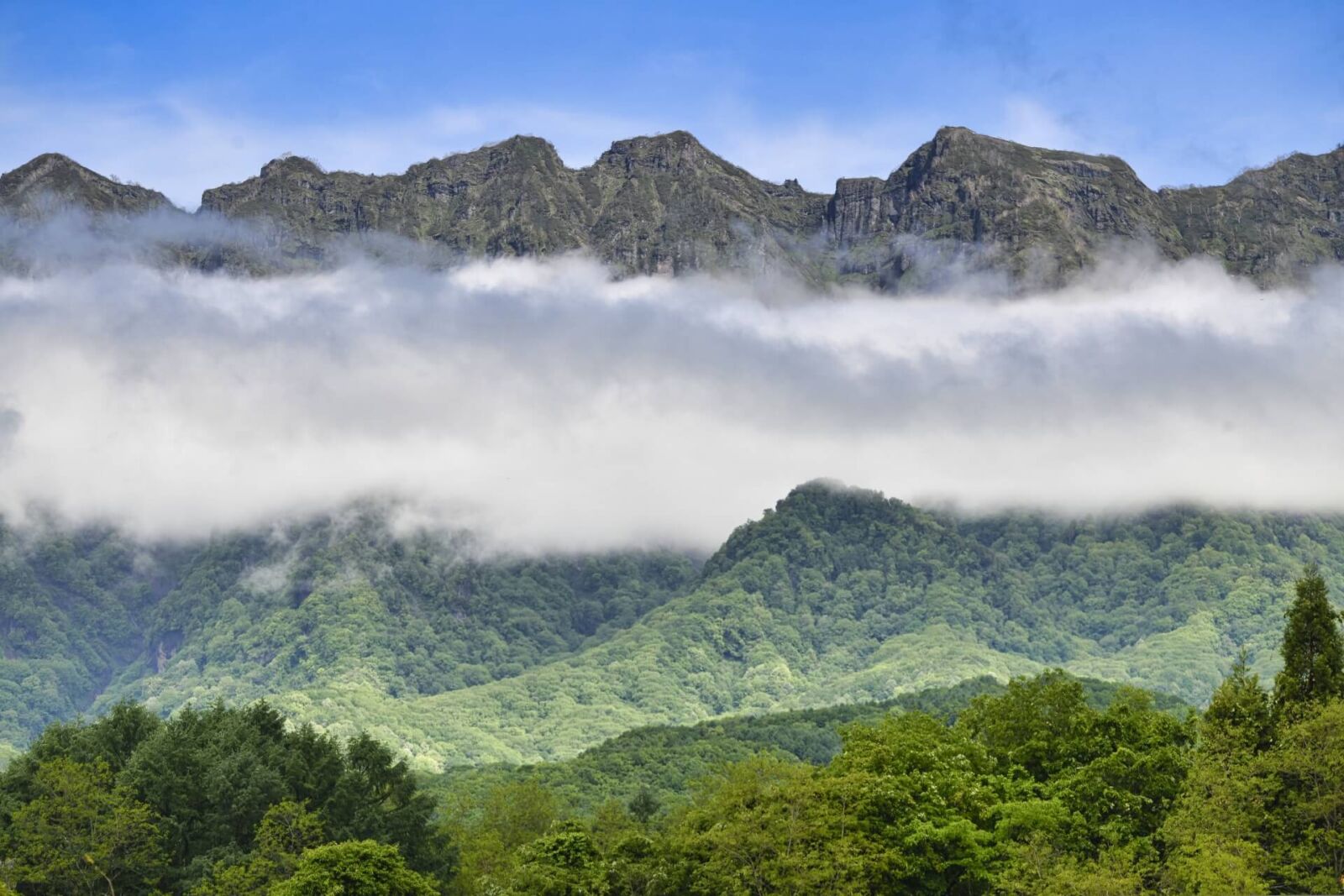
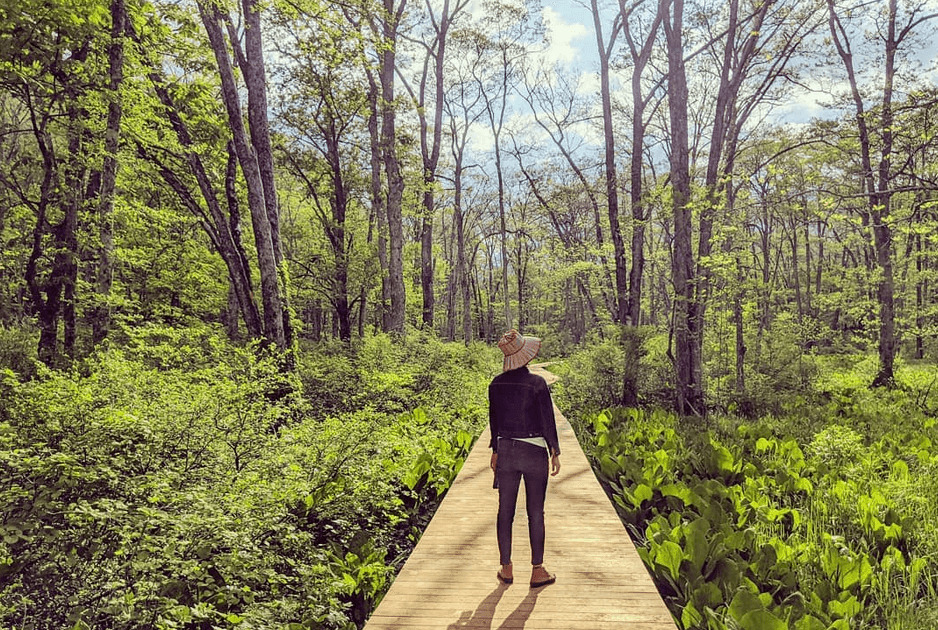
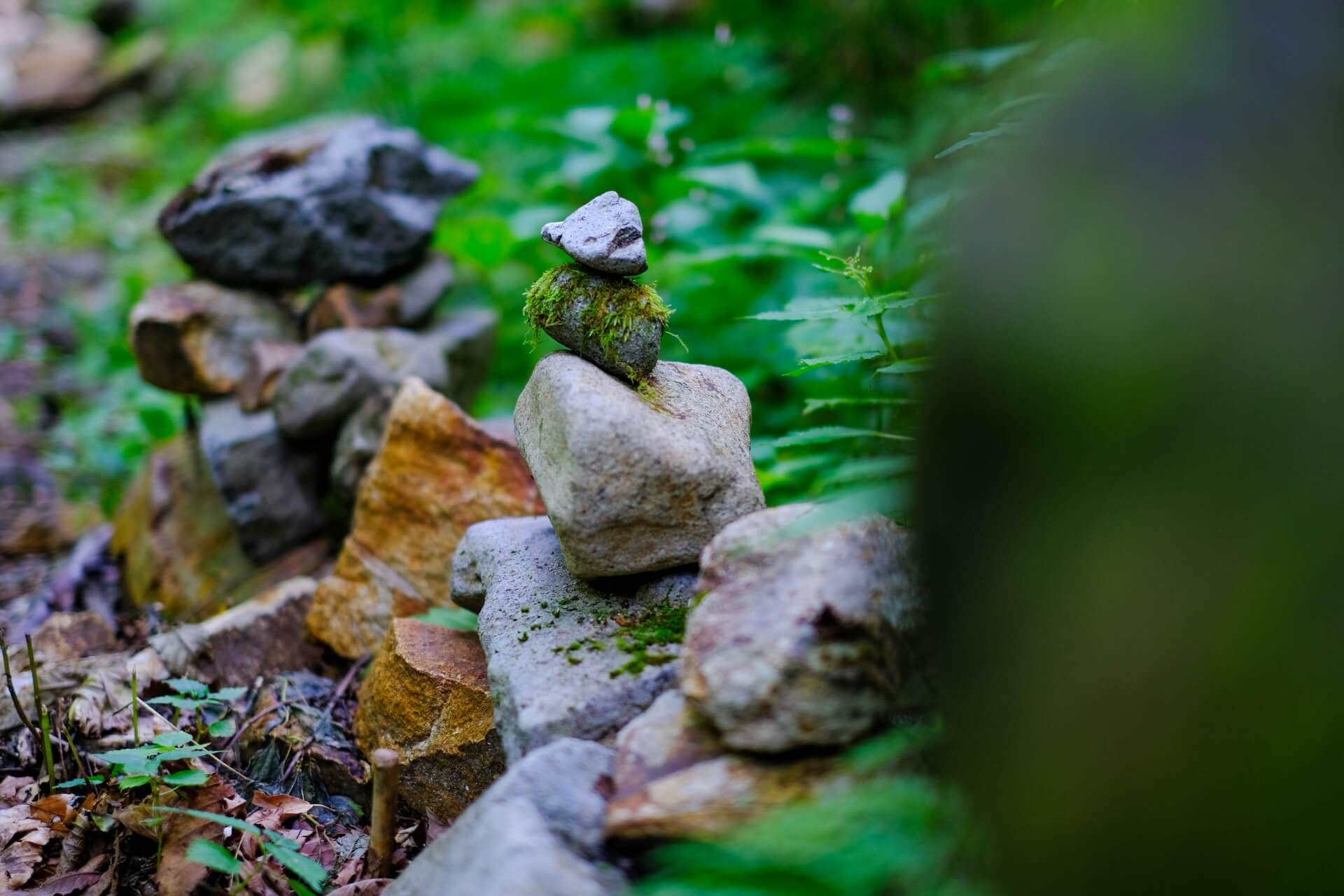
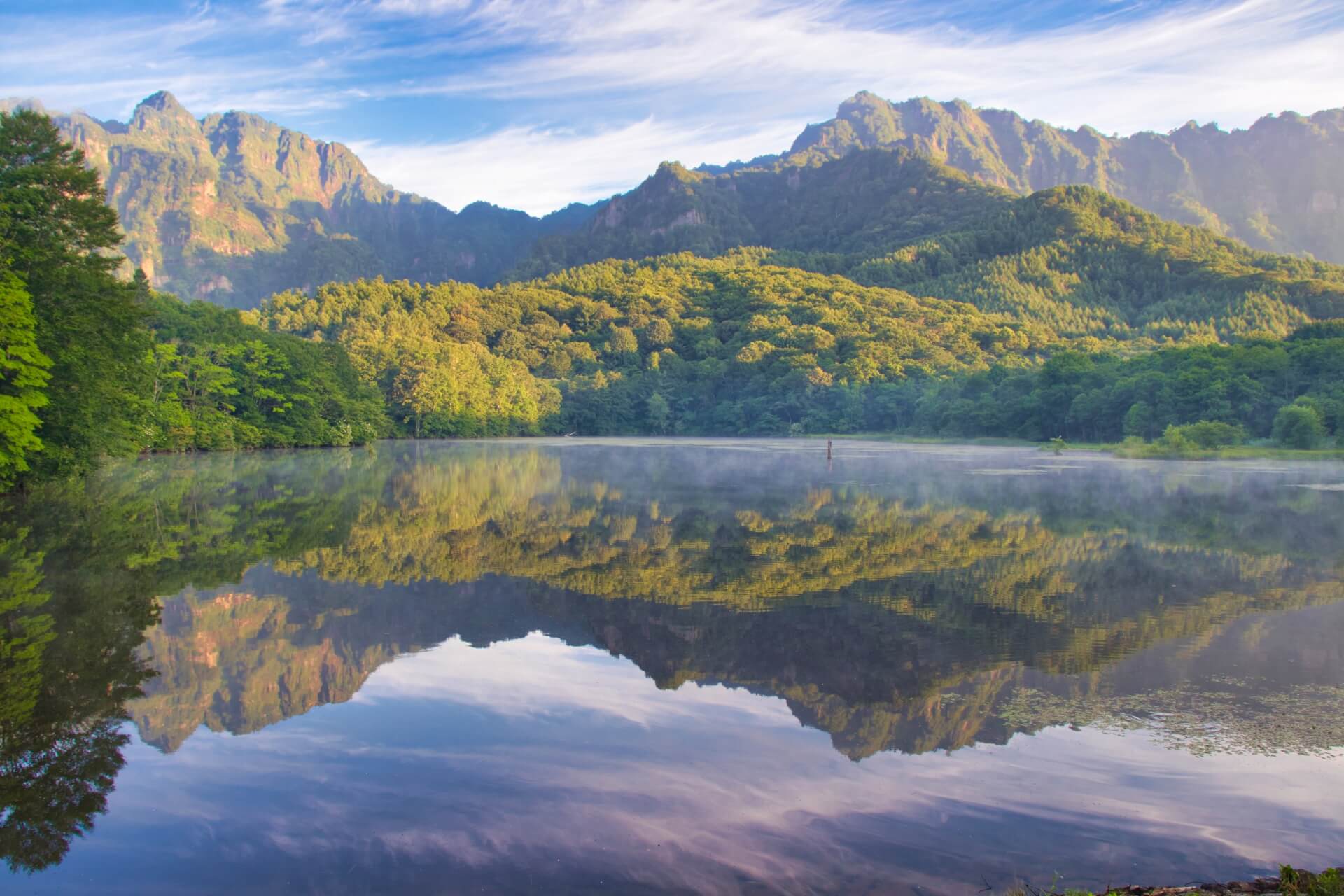
Most trails should be open by the middle of April however to be certain that they are free of snow, it’s best to wait until May and enjoy until late-November. For further information, see our ‘Hiking & Walking Trails of Togakushi’ activity page.
E-BIKE RIDING / April to November
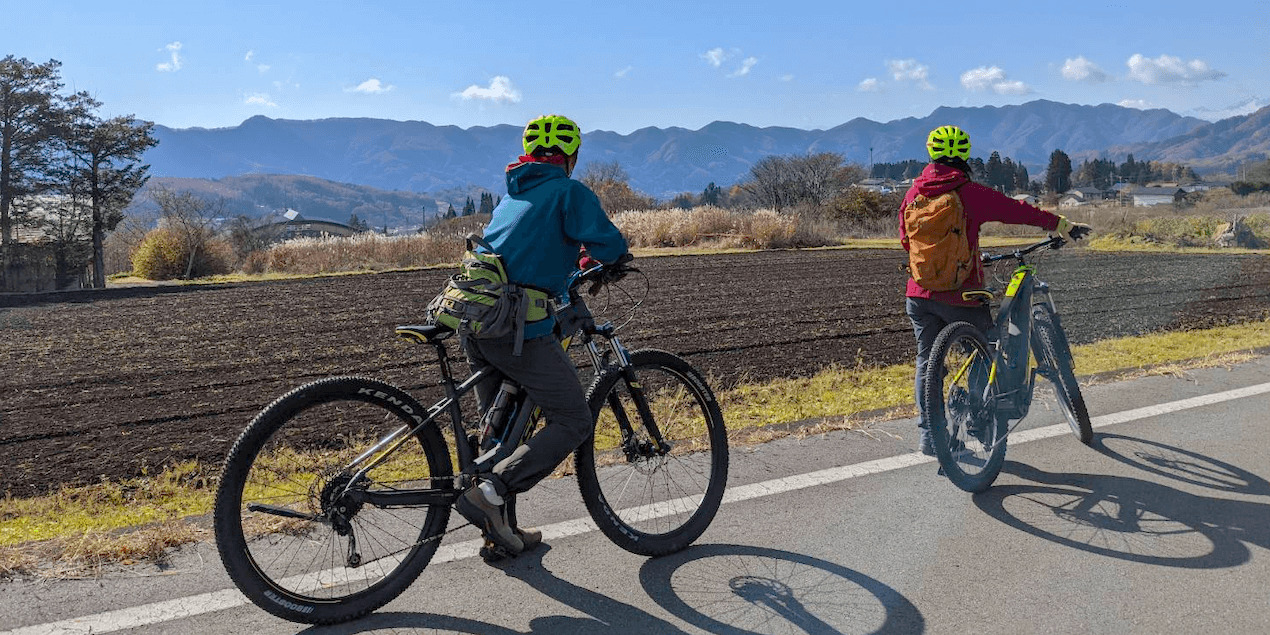
Available from the Togakushi Tourist Information Center – directly across from the ‘Chusha’ (Middle Shrine) – visitors can rent e-bikes between April and November. Each e-bike has a rechargeable battery that is controlled by the rider, allowing them to switch it on and increase the power when they need a little help riding-up an incline or when they just want to relax at let the bike do most of the work. You’ll really notice the difference, especially climbing hills, as the battery kicks in giving your pedaling added power and momentum – a great way to explore the overall area and some of the more distant attractions. For more information see our ‘E-Bike in Togakushi’ activity page.
SNOWSHOE TREKKING / December to March
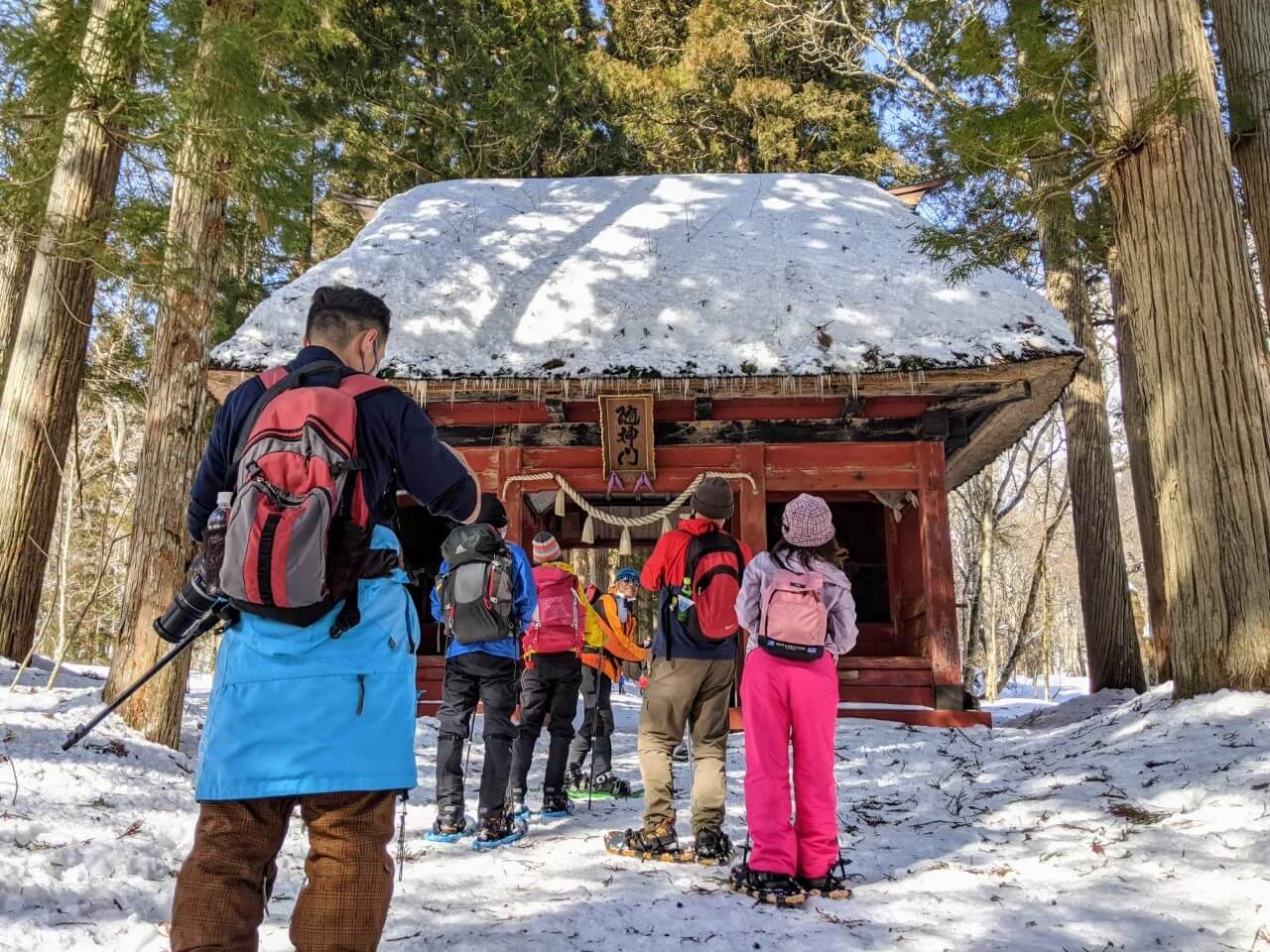
From December to March, visitors to Togakushi can expect regular snowfall as the long, cold winter takes hold. During these months, the trails between the shrines are likely to be snowbound requiring additional gear to access them. For visitors with a little energy and sense of adventure, snowshoe trekking during these months is one of the most enjoyable activities available in Togakushi. Snowshoes can be rented and returned to the office, allowing you to then head-off along the many walking trails in the area. Highlights include walking toward the Okusha (Upper Shrine) and through the Zuishinmon and giant cedar avenue along with the longer circuit to Kagami-ike.
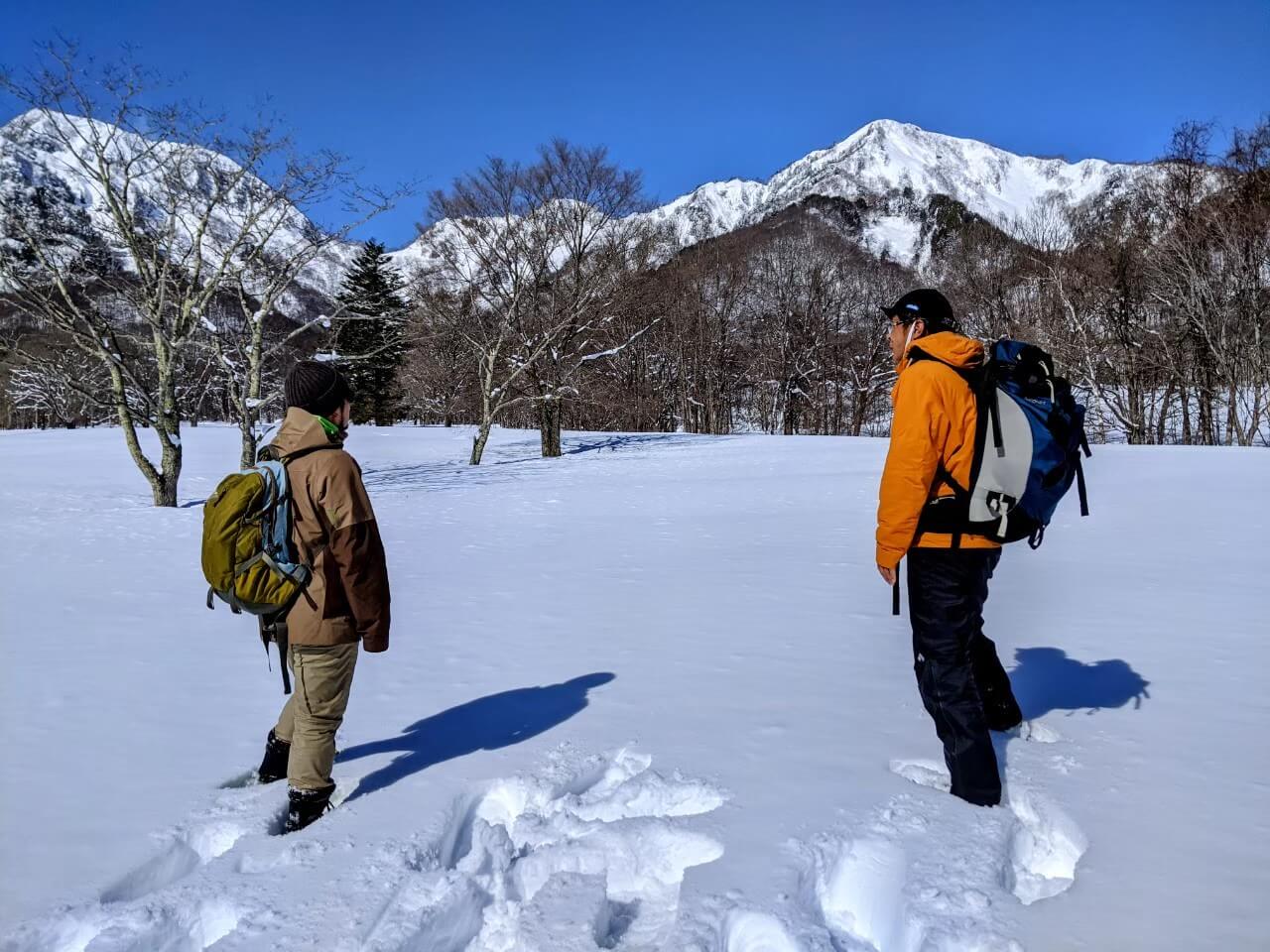
Togakushi Campground is another fantastic place to snowshoe. On fine winter days, the plateau of the campground affords easy walking and fantastic views of Mount Togakushi or if you’re feeling up to an uphill walk, you could venture all the way up to Togakushi Ski Resort.
Skiing & Snowboarding / December to March
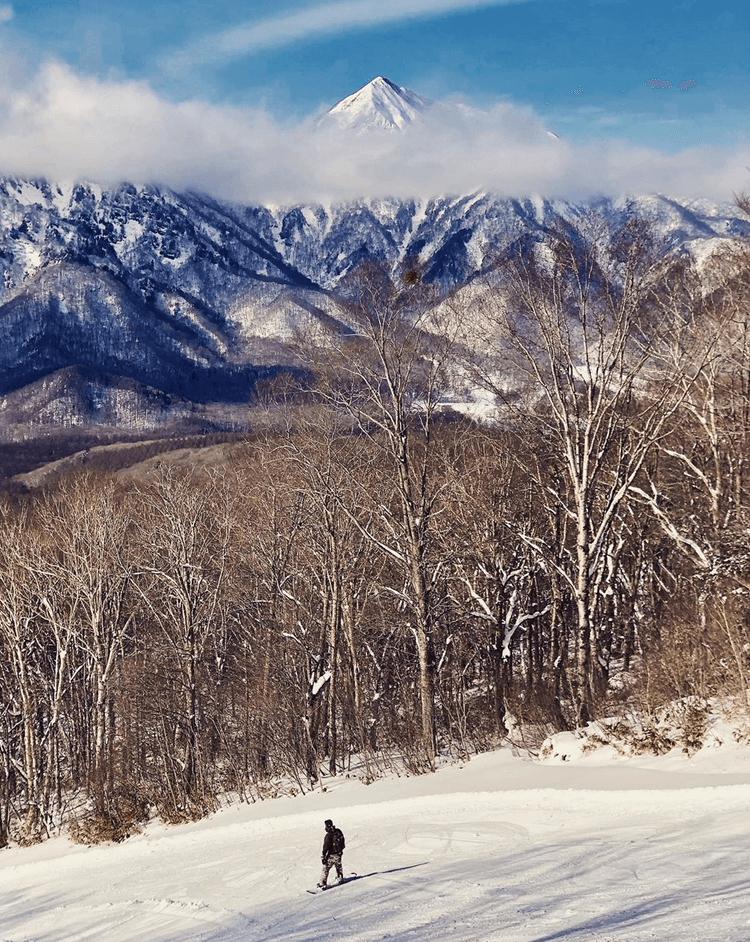

Though located just outside of Nagano City, Togakushi experiences significantly colder temperatures with overnight lows of -15°C and even below -20°C being common in winter. With that comes snow, lots of it and of course fantastic skiing and snowboarding. Togakushi Ski Resort boasts the nearest ski runs to Nagano City and Nagano Station yet remains relatively unknown to international visitors. A relatively small resort – consisting of 19 ski runs serviced by 7 chairlifts with 550 metres of vertical – Togakushi oozes character and is a favourite with locals, offering a great local experience. Open from late-December until mid-March (dependent on the snow conditions), a visit to Togakushi Ski Resort is a highlight of winter. For more information, see our ‘Togakushi Ski Resort’ page.
Enjoy the Autumn Leaves / October to November
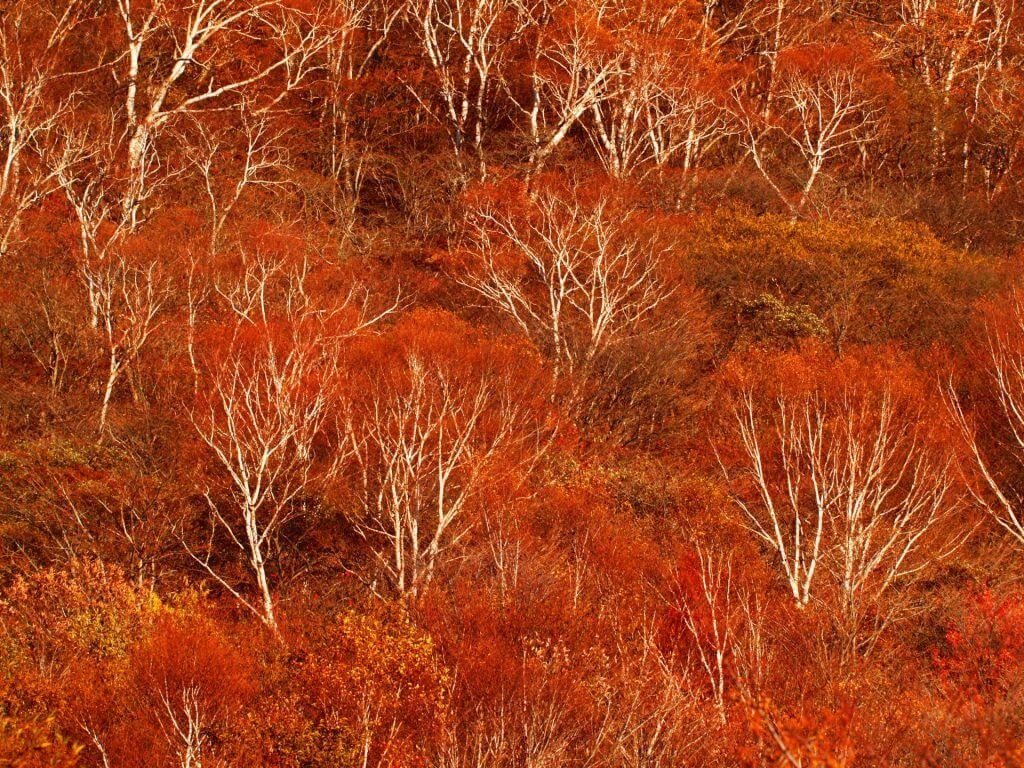
As autumn takes hold through October and November, the forests of Togakushi will turn rich shades of yellow, amber, red and gold. Known as ‘koyo’ in Japanese, the autumn leaves of Togakushi are considered some of the most beautiful in Central Japan, drawing visitors from afar to wander through an enchanting world of colour. The timing is different each year but if you are visiting Nagano in autumn, visiting Togakushi for this reason alone is an essential experience. Needless to say, the shrines look even more stunning and soba tastes even better in autumn! For more information about where to find the best leaves in Nagano and Central Japan, see our ‘Autumn Leaves’ main page.
Camping/ April to October
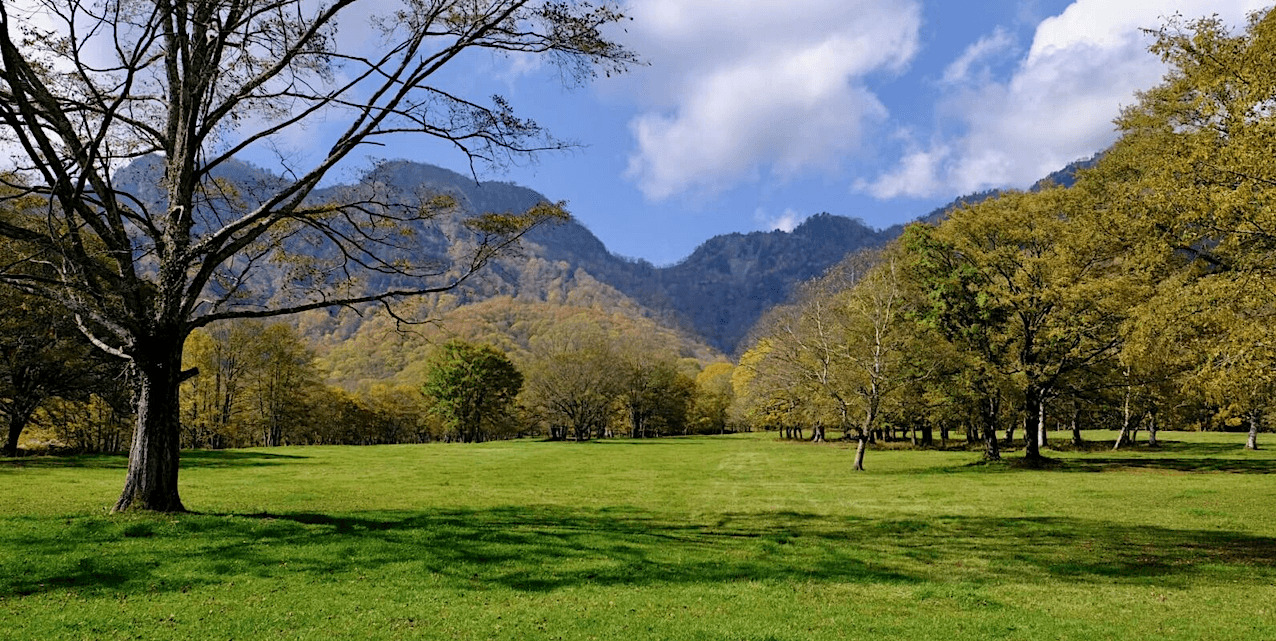
For visitors wanting an alternative to staying a local shukubo, Togakushi Campground is located next to Togakushi Ranch and with fantastic views of Mount Togakushi, the campground has space for more than 350 auto-campers, cabins, outdoor kitchens and stoves, showers and toilets and a small shop. Accessible all year round, the campground and its facilities operate from late-April until the end of October. Togakushi enjoys a notably cooler climate than the valley below, even in summer when the temperature is regularly around 10°C cooler than Tokyo. Easy to get to from the capital via nearby Nagano Station and offering welcome relief from the summer heat and crowds of the city, camping in Togakushi is great option when looking for a tree-change.
Explore Myoko-Togakushi Renzan National Park
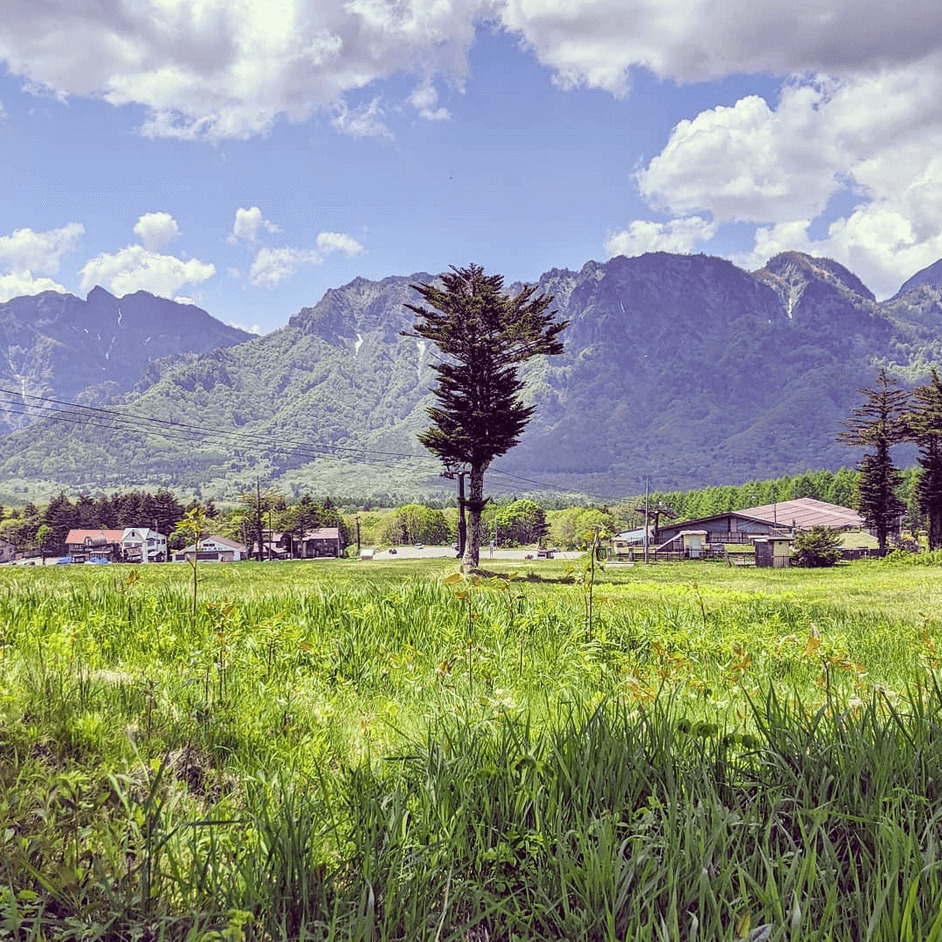
Located around 1200 metres above sea level, Togkaushi is nestled within the larger Myoko-Togakushi Renzan National Park. The park is densely-packed mountainous area of forests, waterways, ski resorts and important mix natural and cultural sites. Among its multiple peaks Mount Hiuchi is the tallest at 2,462 metres above sea level while the park takes its names from the peaks of Mount Myoko and Mount Togakushi. Extending into Niigata and the ski resorts surrounding Mount Myoko, the national park is a destination to itself that can be enjoyed throughout the year. For more information, see our ‘Myoko-Togakushi Renzan National Park’ page.
RELEASE YOUR INNER NINJA
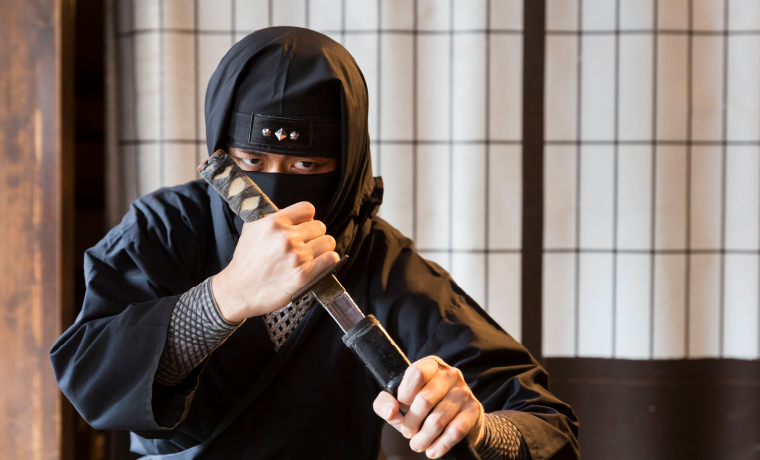
For more than 800 years, Togakushi has had a strong association with Japan’s fabled ninjas. Established in the 12th century, the Togakure school of ninja was founded in the mountains of Togakushi and was from that time onward known for its connection to those most mysterious of warriors. Though practicing ninja may be few and far between these days, believe it or not there are still some, and the mountains and forests of Togakushi now play host to a ninja museum and kids village, making it a must-do activity for any aspiring ninjas!
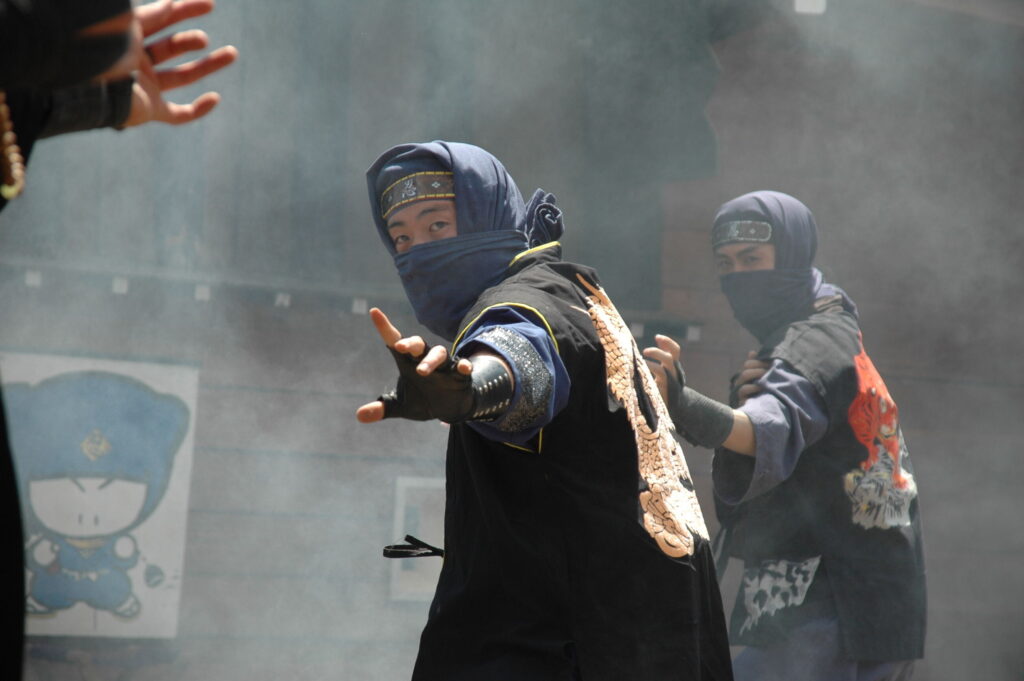
Located directly across from the avenue leading to the Okusha (Upper Shrine), the Togakure Ninpo Museum showcases the local Togakure school of ninja including exhibits of tools and weapons used. Founded by a local warrior who travelled to Iga – the traditional home of ninja – in the 12th century, Togakushi and its museum tell the story of the local school, of which, there continue to be practitioners; while the Museum of Togakushi Folklore exhibits traditional tools, clothing, furniture and other artefacts unique to the area.
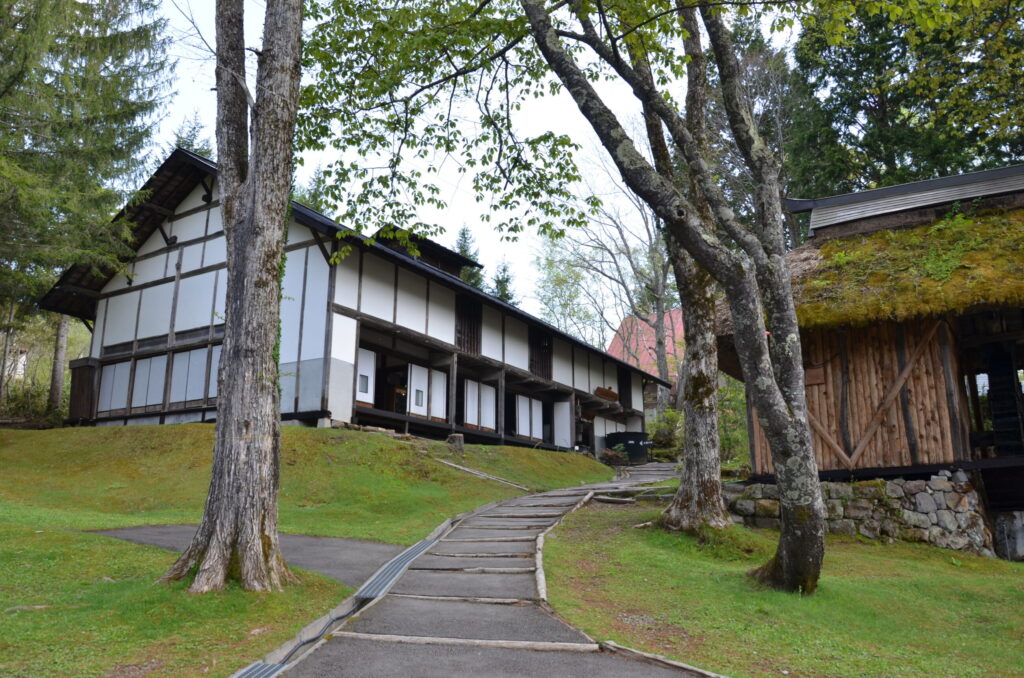
Visitors can try their hand at essential ninja skills such as throwing ‘shuriken’ (ninja stars) while the highlight of the museum lies in wait at the Ninja House. Rigged with secret doors, passages and traps to confuse those who enter, the aim is simple – get yourself back out of the house! The house is a true maze, equally fun for adults as it is children.
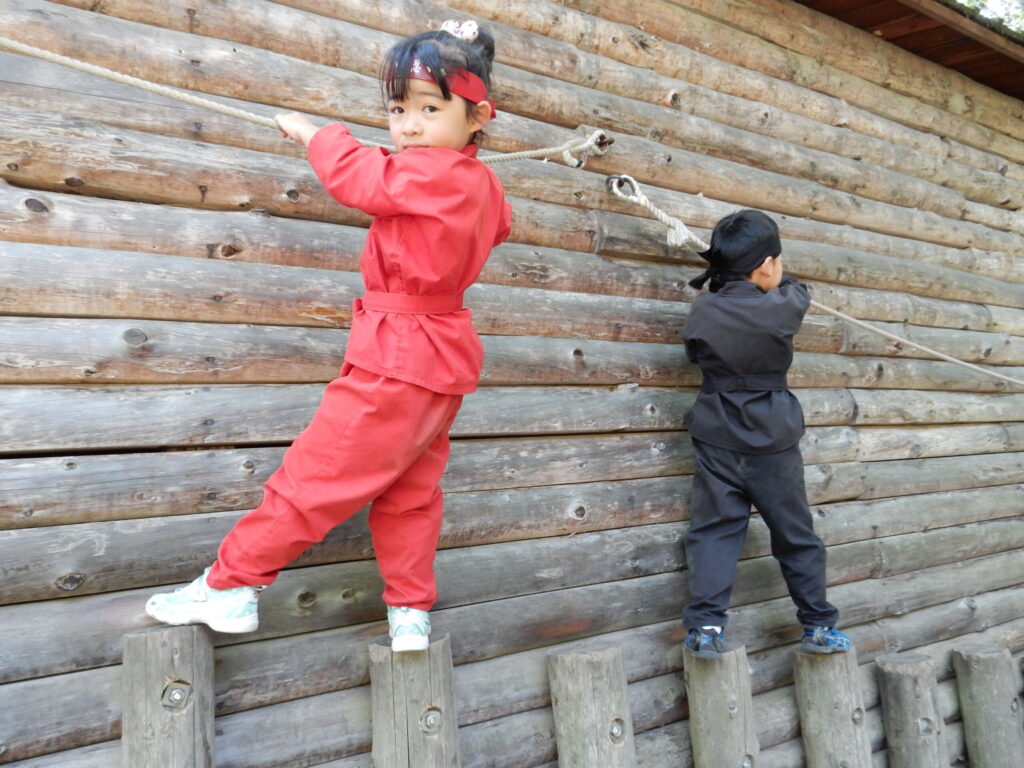
The ‘Chibiko Ninja Mura’ (Kids Ninja Village) is located within 15 minutes walk of the Chuusha (Middle Shrine) and designed for children with obstacle courses and everything they need for ninja training. Activities including blow darts and shuriken are available at an extra charge. Children can also dress-up in ninja outfits for the duration of their visit. Two ninja mansions include trapdoors and contraptions, to confuse and delightful the kids as they attempt to escape.
TRY TOGAKUSHI’S SPECIALTY – SOBA NOODLES!
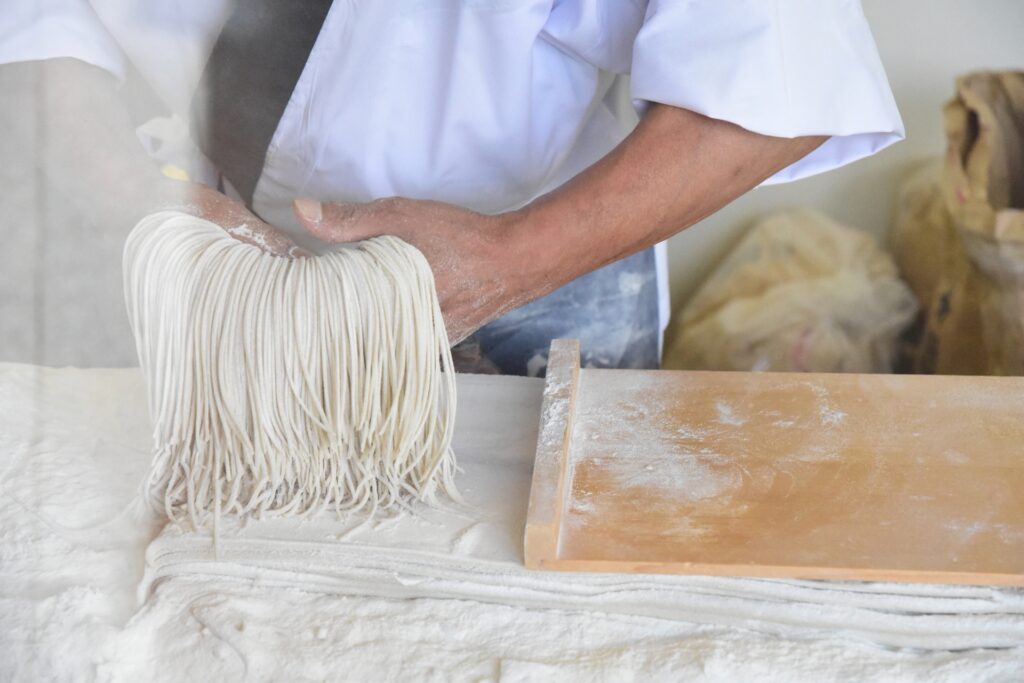
The consumption of soba (buckwheat) dates back to prehistoric times when it was eaten in more simple forms. It was not until the Edo Period (1603-1868) that ‘soba kiri’ (cut noodles) became popular. Thought to have originated in Nagano, this simple, easy and healthy dish became a popular snack in Tokyo (then called Edo), and with that the national love of ‘Shinshu soba’ was born.
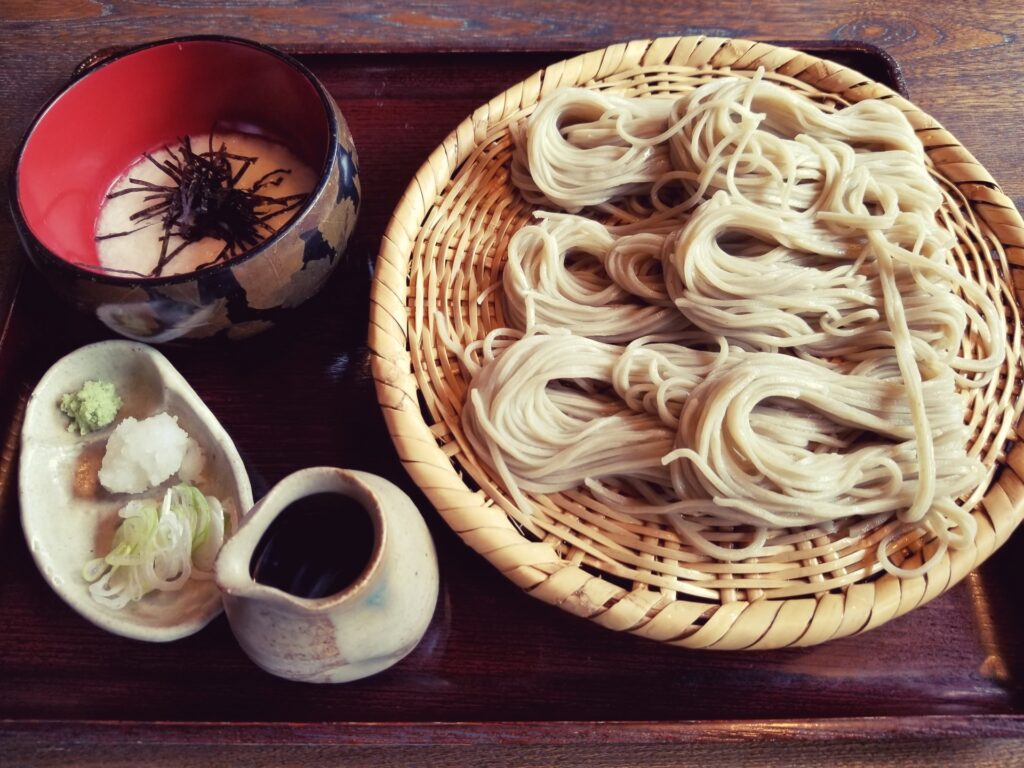
Nagano’s famed Shinshu soba can be found throughout the prefecture but most famously, Kurohime and Togakushi are renowned for their delicious noodles. Blessed with fertile volcanic ash soil, an abundance of pure water and higher altitude, Togakushi has the ideal climate and environment for growing soba with outstanding flavor.
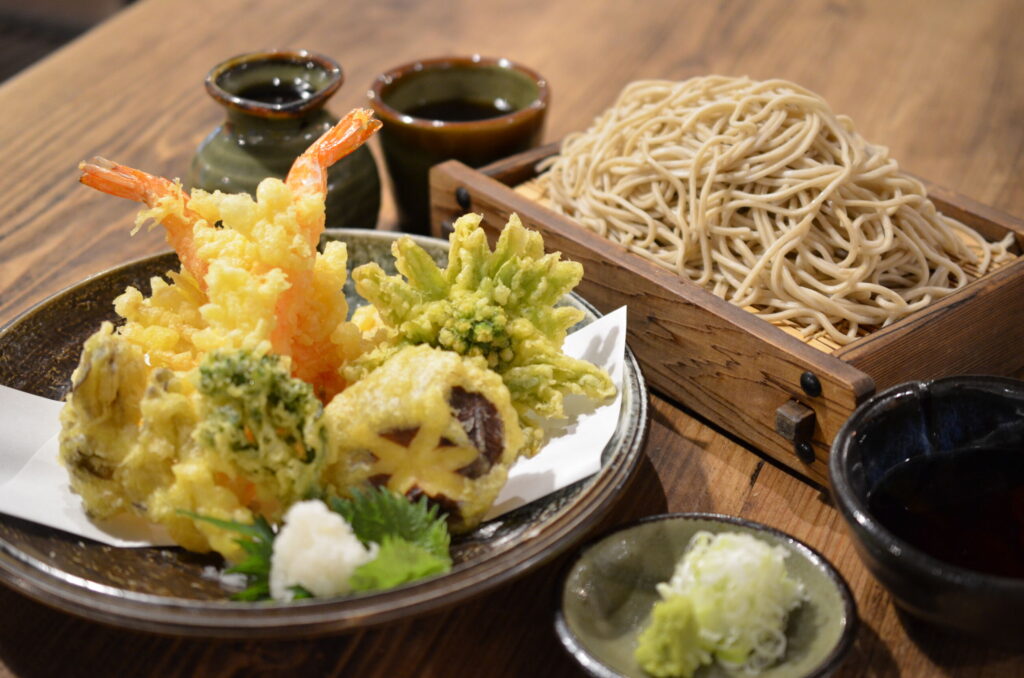
Togakushi is home to many soba restaurants. Most are family-run and of course, pride themselves on their delicious hand-made noodles. Of those restaurants, Uzuraya is the most famous. Located directly across from the Chuusha (Middle Shrine), the restaurant has operated for hundreds of years and now draws visitors from all over Japan. The welcoming owners serve some of Togakushi’s best soba but be warned, unless you arrive early, you’re likely to have to queue outside.
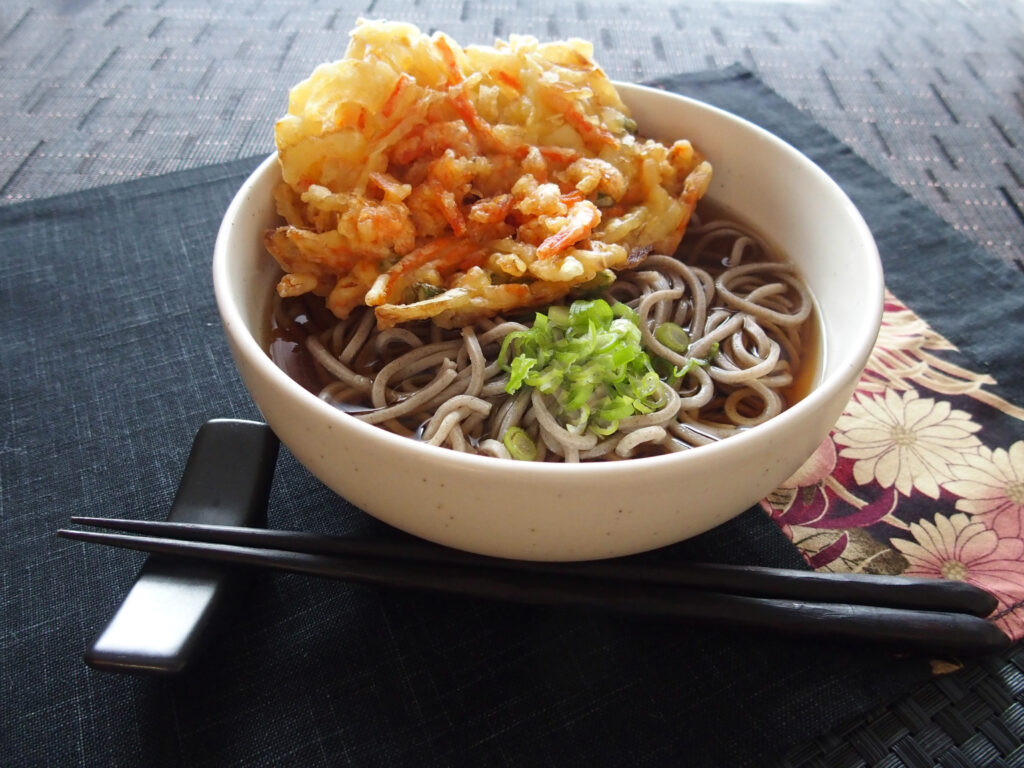
There are no shortage of options with plenty of restaurants located around the Chuusha and Okusha, with others spread along the roads through Togakushi. Most if not all restaurants will serve ‘zaru soba’ (cold noodles with dipping sauce), ‘tempura soba’ (cold or hot soba with lightly battered and fried vegetables and/or prawn), and hot soba in soup. ‘Sansai soba’ (soba with mountain vegetables) is well-worth trying – one of those rare foods which is equally healthy as it is delicious! ‘Soba dango’ (soba dumplings) are another delicacy worth trying while there. Coated in sauce, these sticky balls are delicious snack, perfect to keep you energised for the walk between the shrines.
15 THINGS TO DO IN TOGAKUSHI & WHERE TO STAY
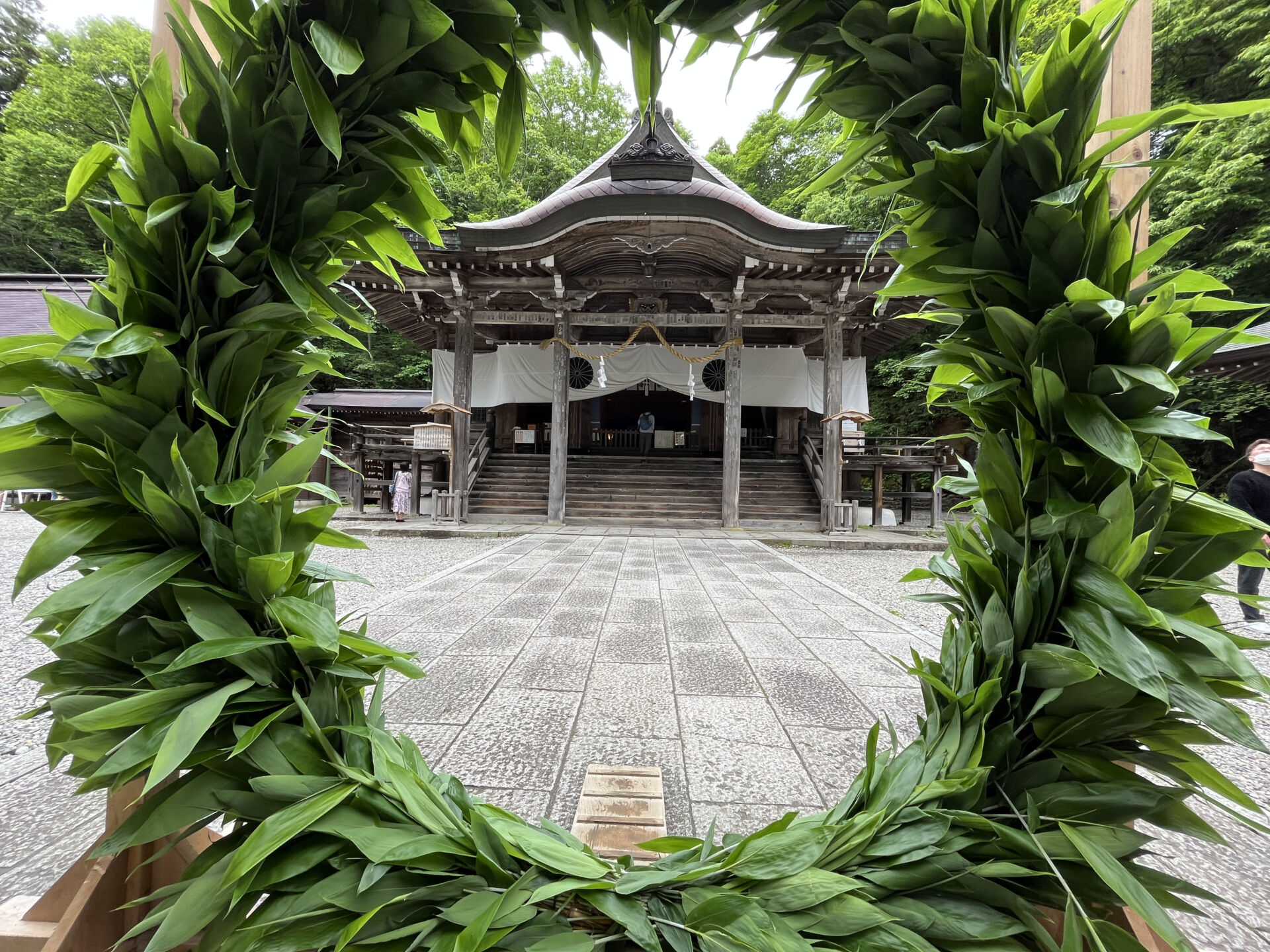
With so much to do and see, Togakushi has many more things to offer than what we have been able to introduce on this page. For more information on unique activities, food, and places to stay, please see our ‘15 Things to Do in Togakushi and Where to Stay Page’. With activities for groups of all fitness levels, ages, and interests, a visit here may just become one of the highlights of your Japan trip.
TOURS AND CHARTERS TO TOGAKUSHI
Want to experience the Legends of Togakushi for yourself?
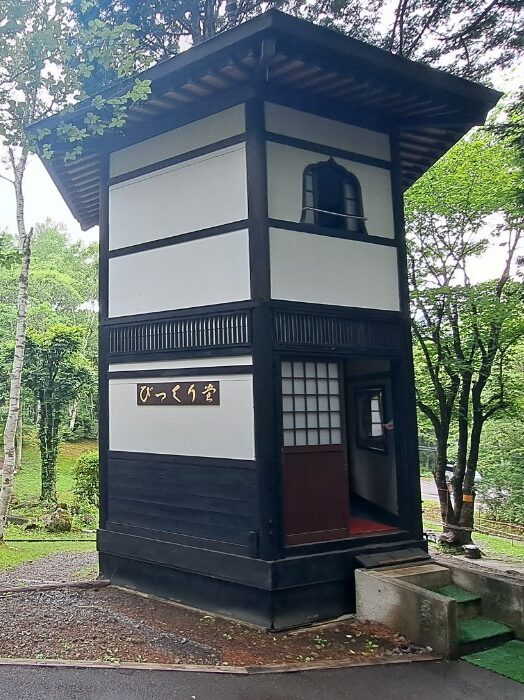
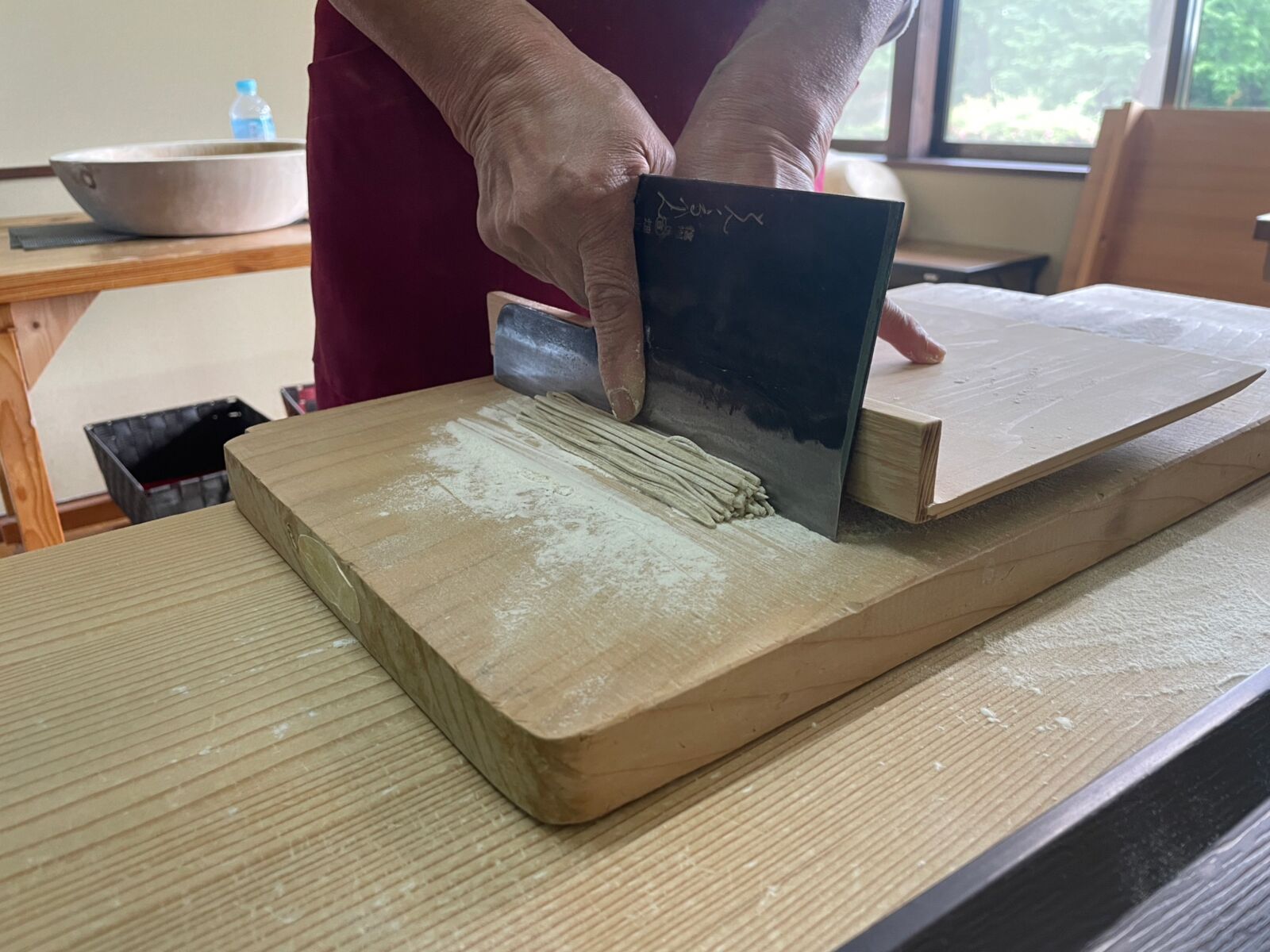
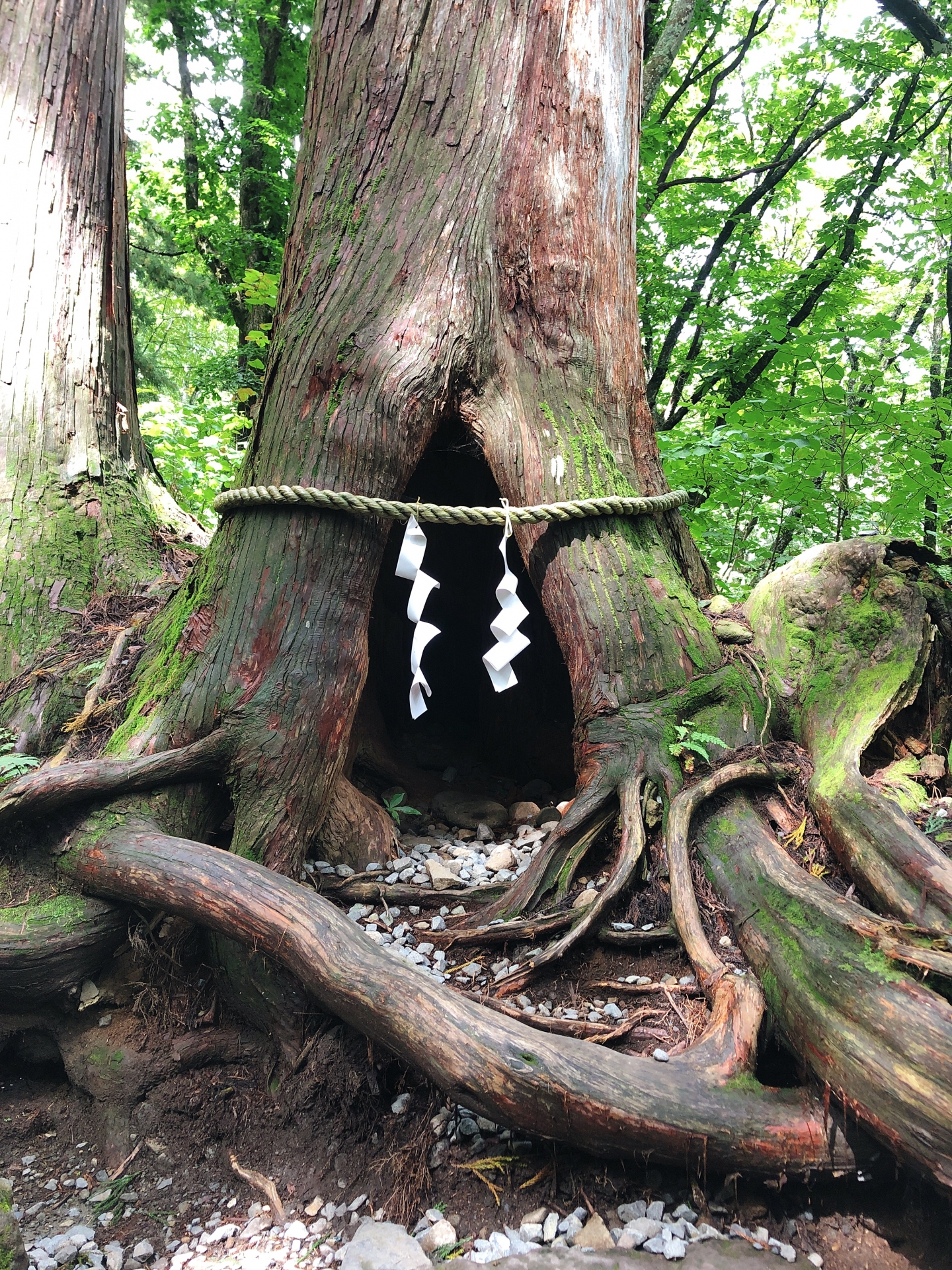
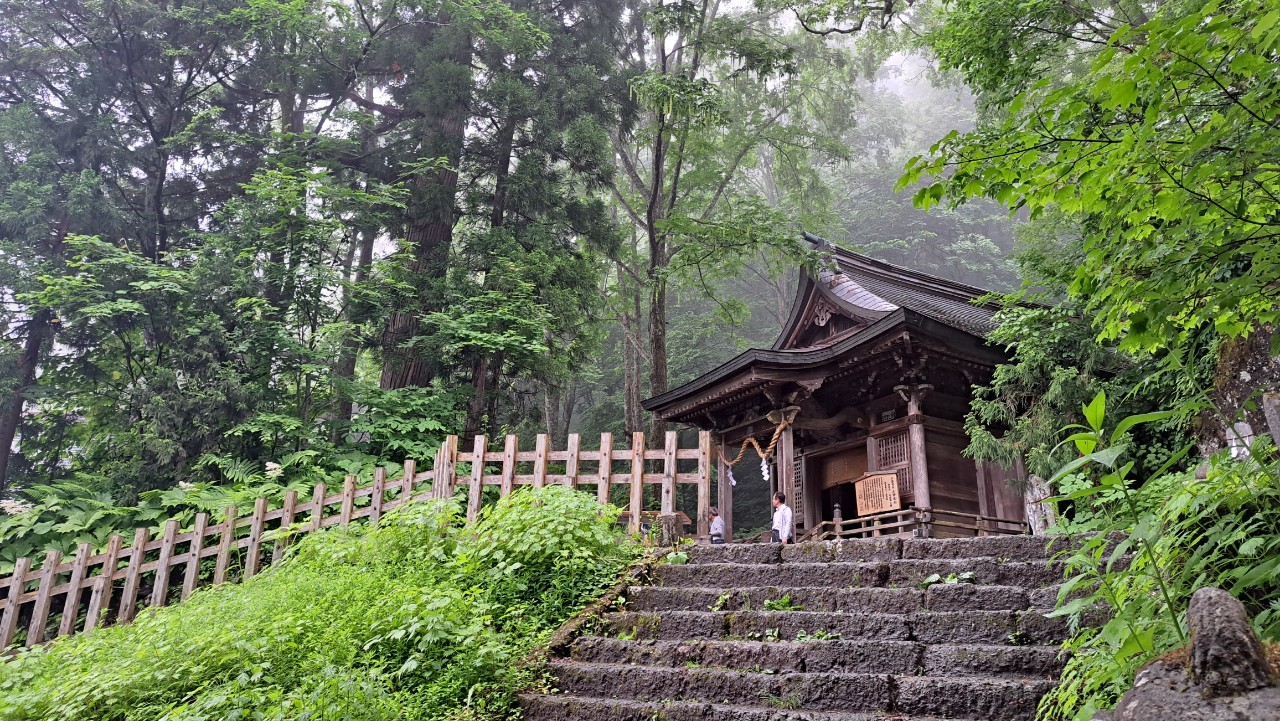
Based in Central Japan and operating in July, August, September, October and November, we offer a highly entertaining group-tour of Togakushi that is sure to please! All tours are led by locally-based guides and combine a visit to several places-of-interest in Togakushi, including a hands-on soba noodle crafting experience, ninja village trick house, and a visit to an ancient Shinto shrine hidden within the avenue of giant cedars! Our tours are fun, interactive and family-friendly. For more information, or to book a tour, click on the banner or button below.
1 Day Tour
| 1-Day Togakushi Legends Tour: Hands-on Soba Noodles, Ninja Village, and Hidden Shrines | |
|
| |
| Period | July to November |
| Time | 09:35 – 17:20 |
| Meeting Place | Nagano Station Information Board |
| Adult Rate | ¥19,800 |
| Child Rate | ¥11,000 |

Of course, we also offer private tours and transport in and around the Togakushi area, and other regional destinations. Our drivers and vehicles are fully certified, allowing us to transport you to and from your preferred destinations in combination with any activity that suits your schedule. All vehicles are well-maintained and in good condition, allowing you to relax and enjoy your ride to wherever you are going.
We can arrange both private tours with an English-speaking guide or a private charter, including a private vehicle and driver but without a guide. We’d love to be part of your adventure in Central Japan and help you discover even more!
Got a question about visiting Togakushi or the general Nagano area? Click the ‘INQUIRY’ button below to contact us and let’s get planning together!



